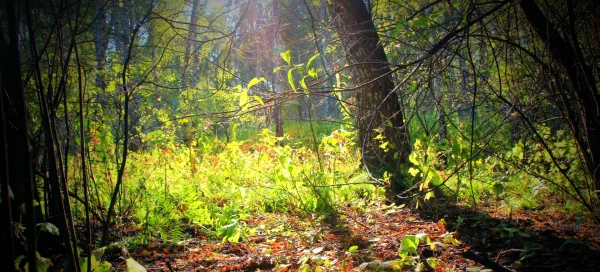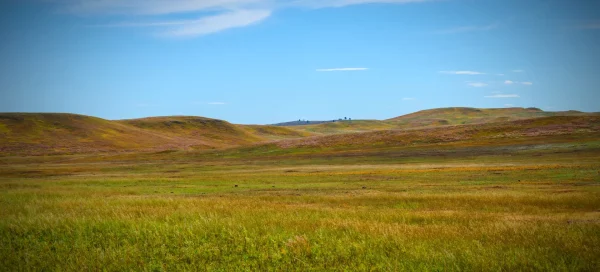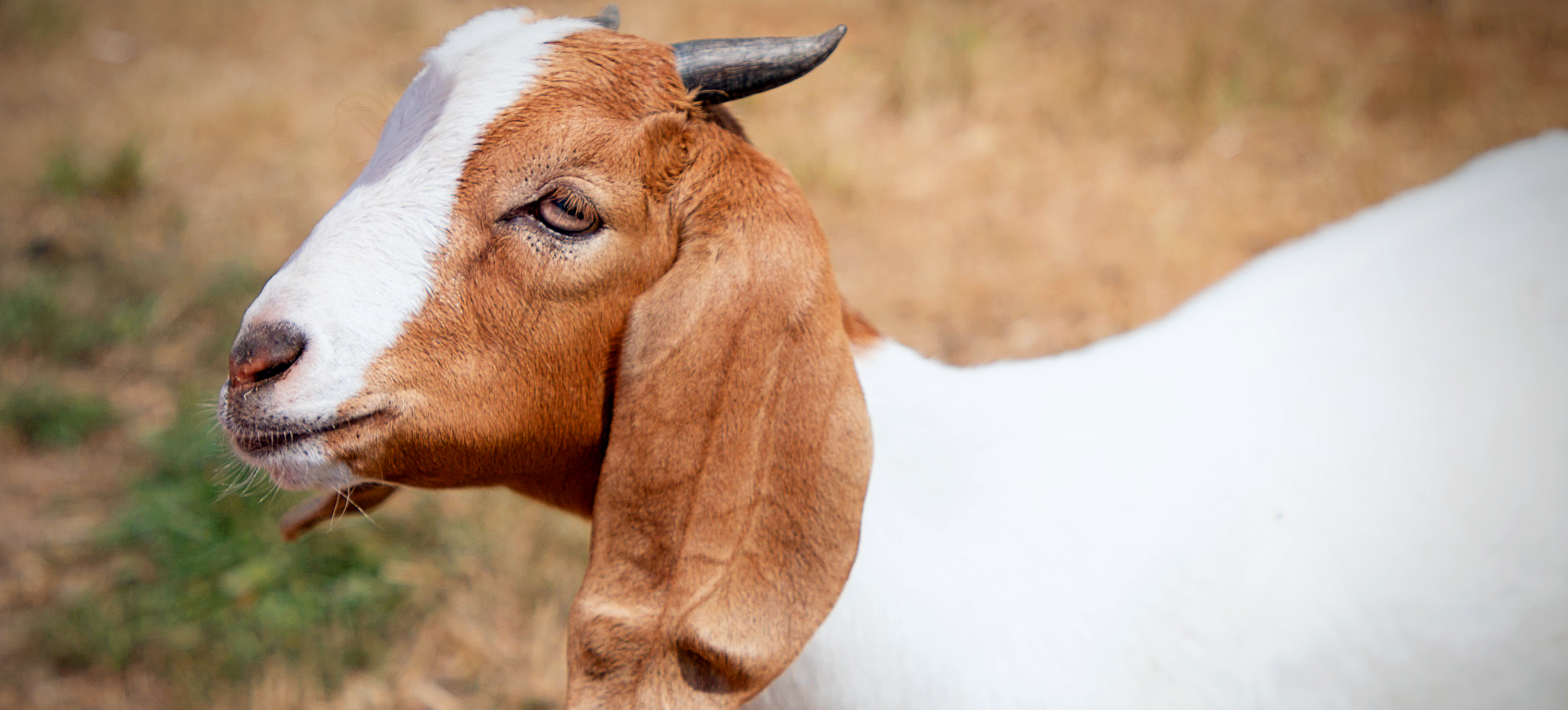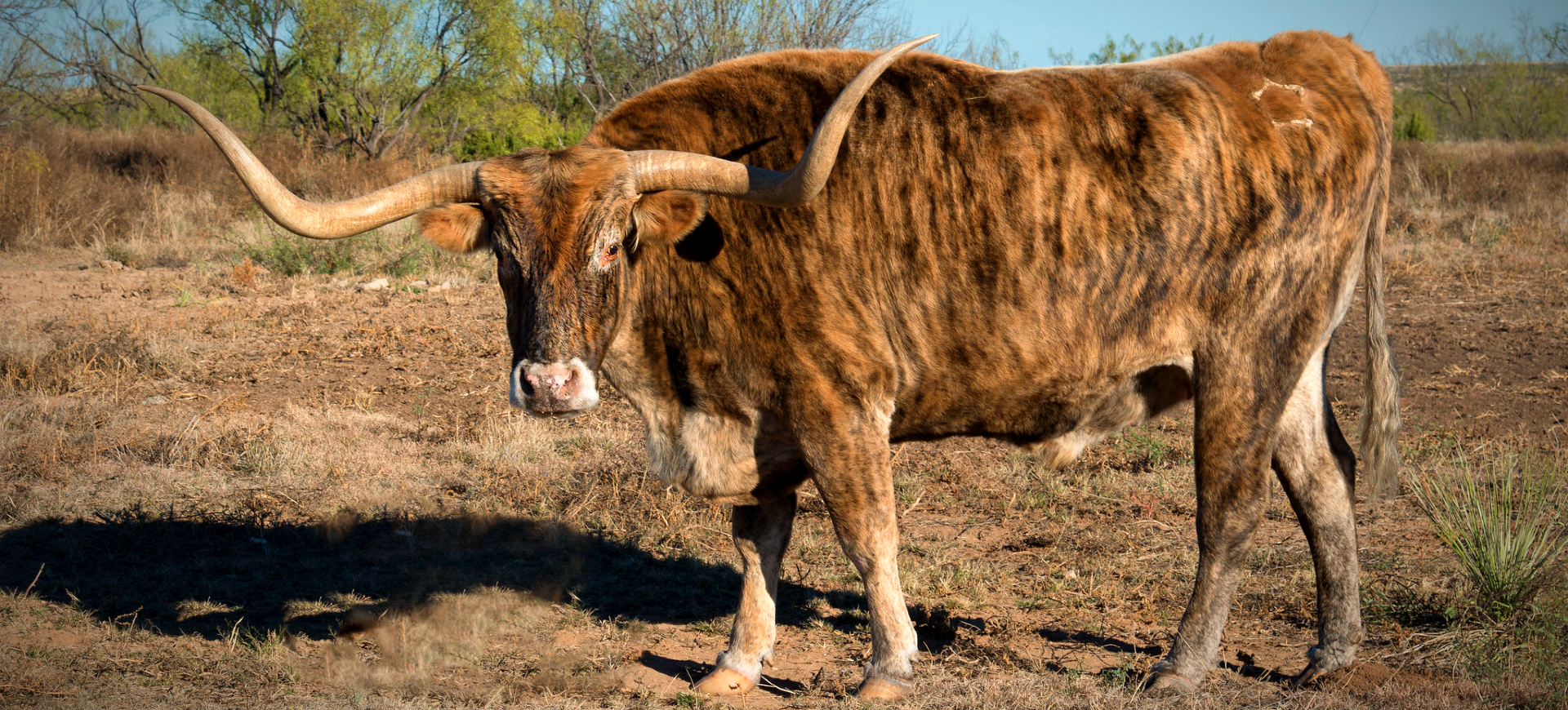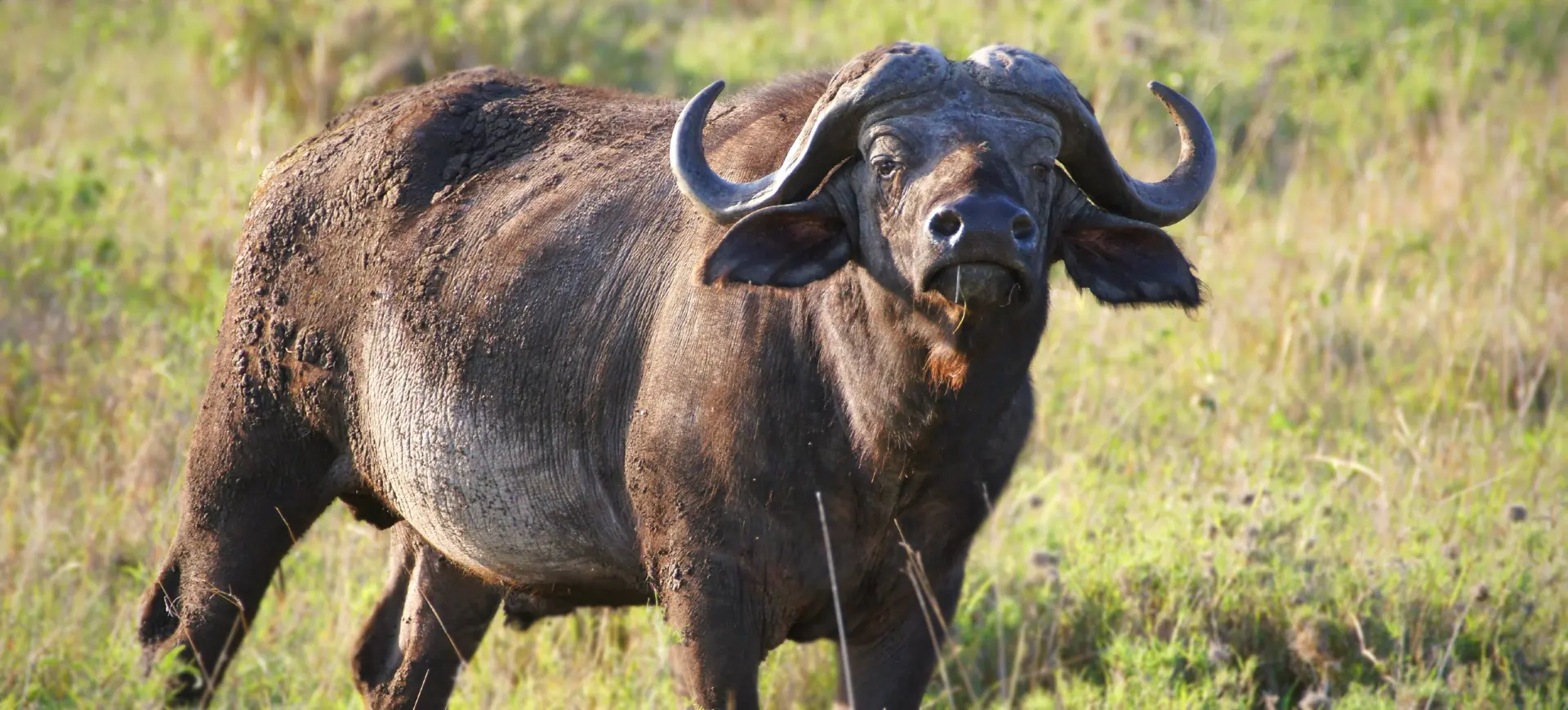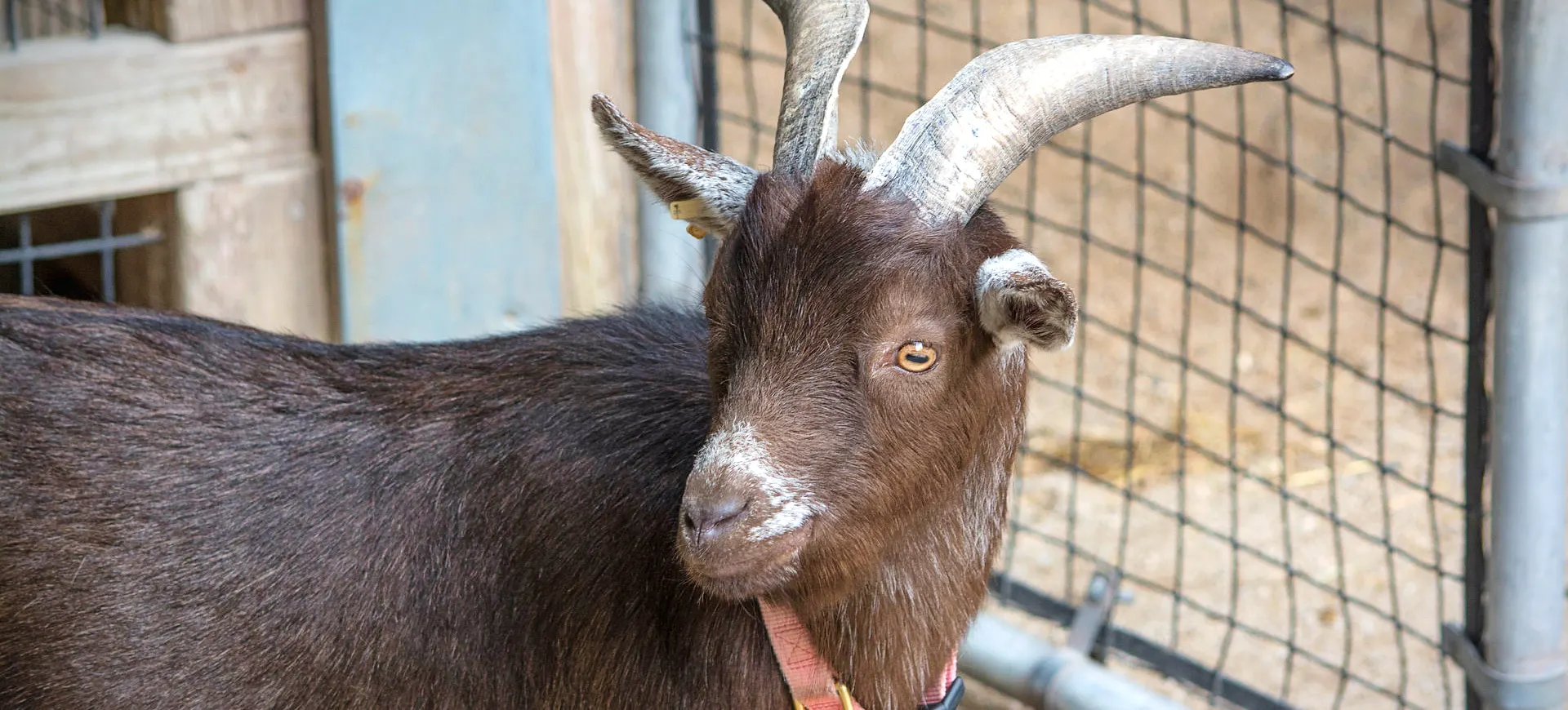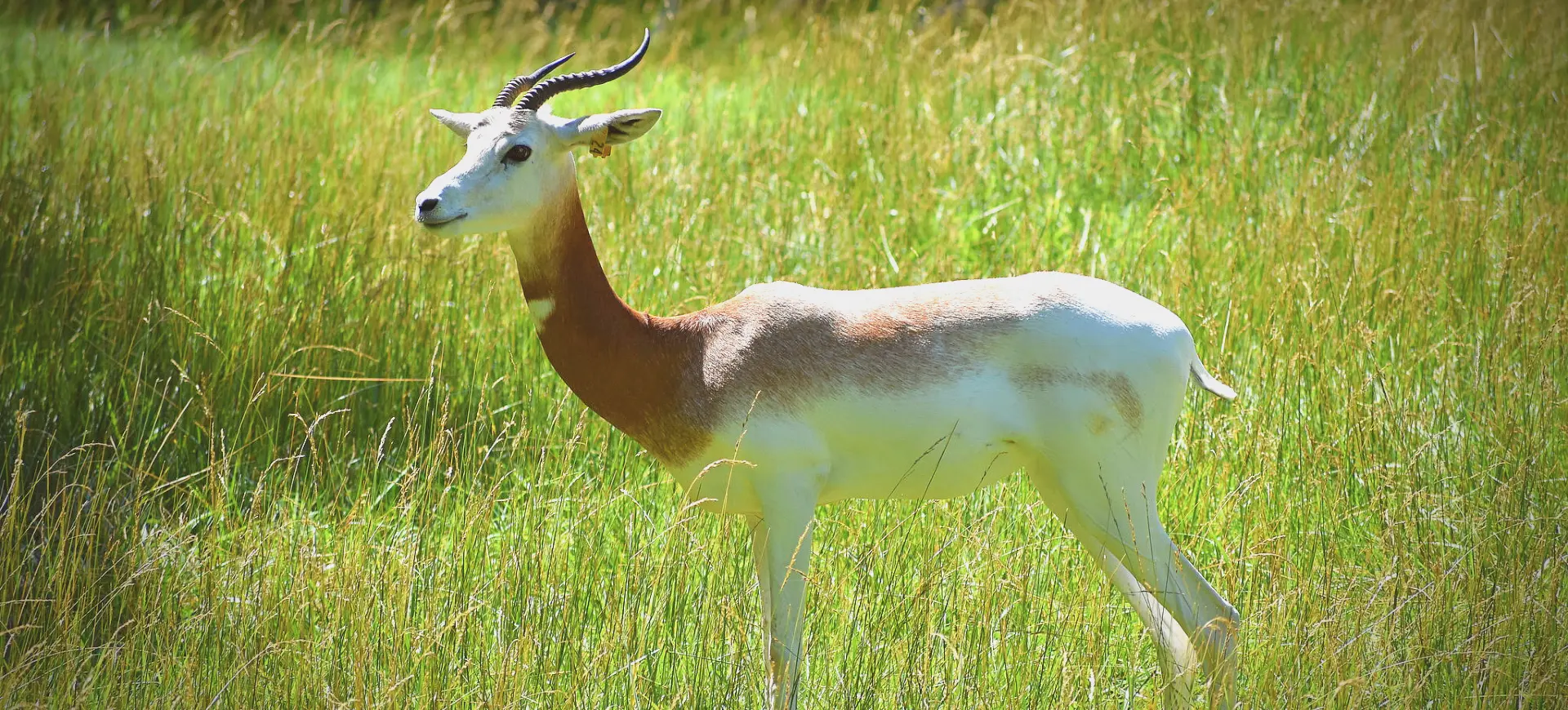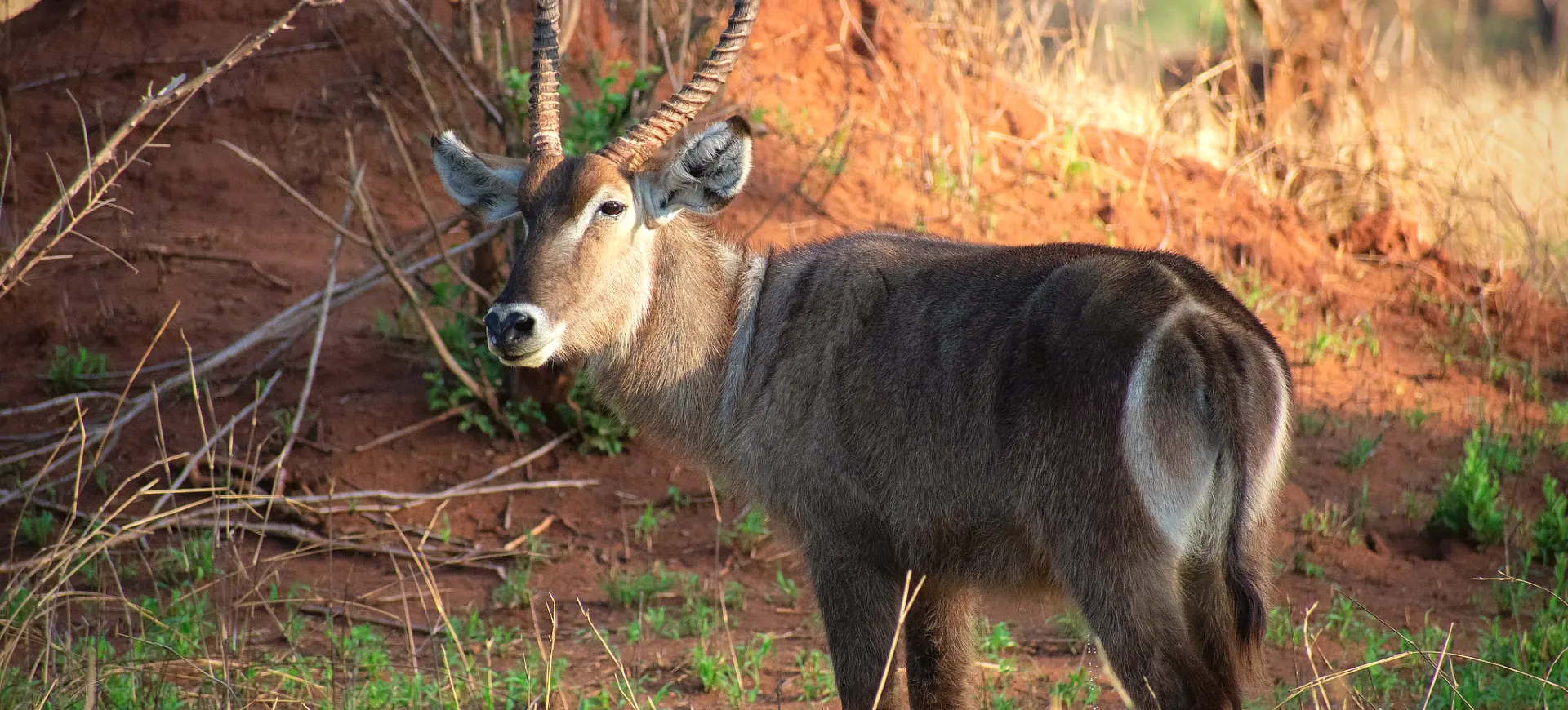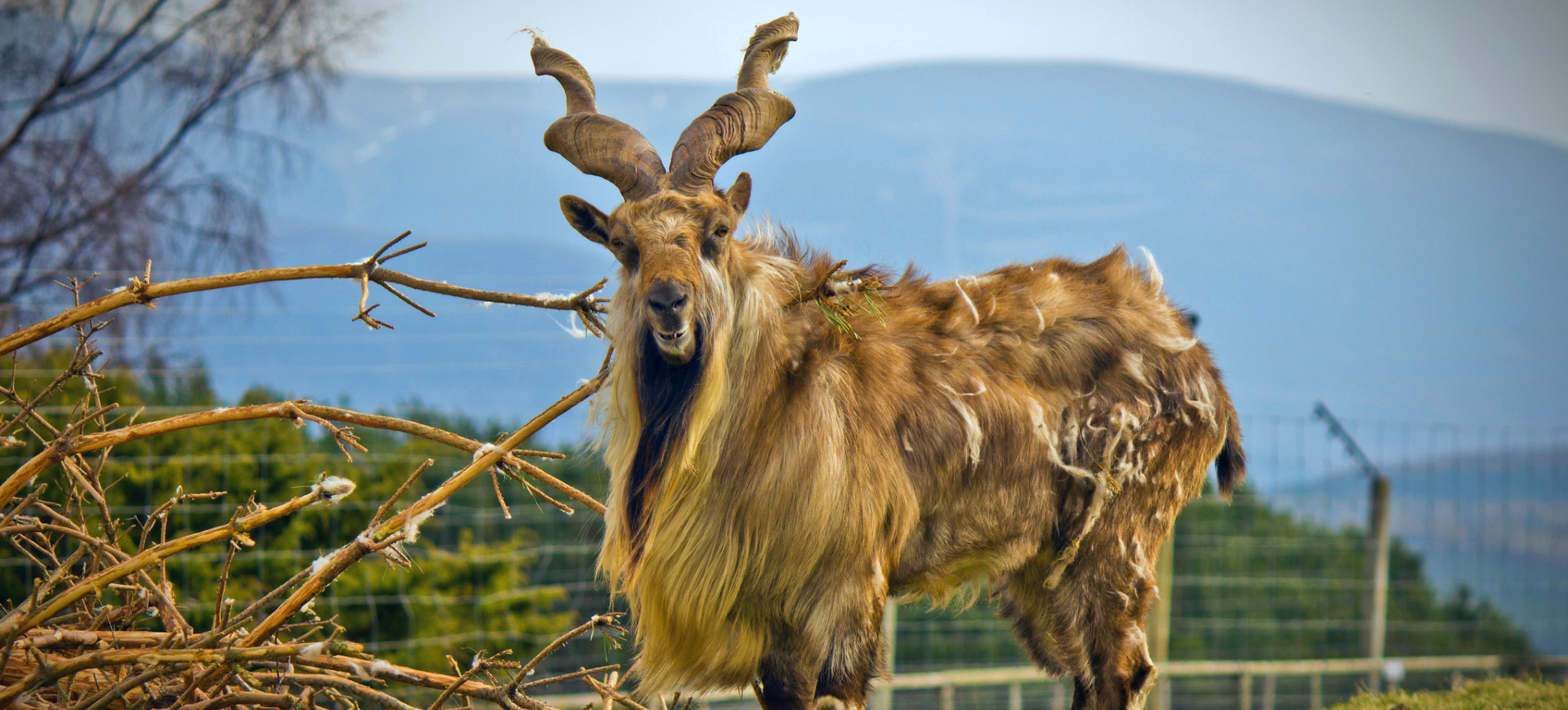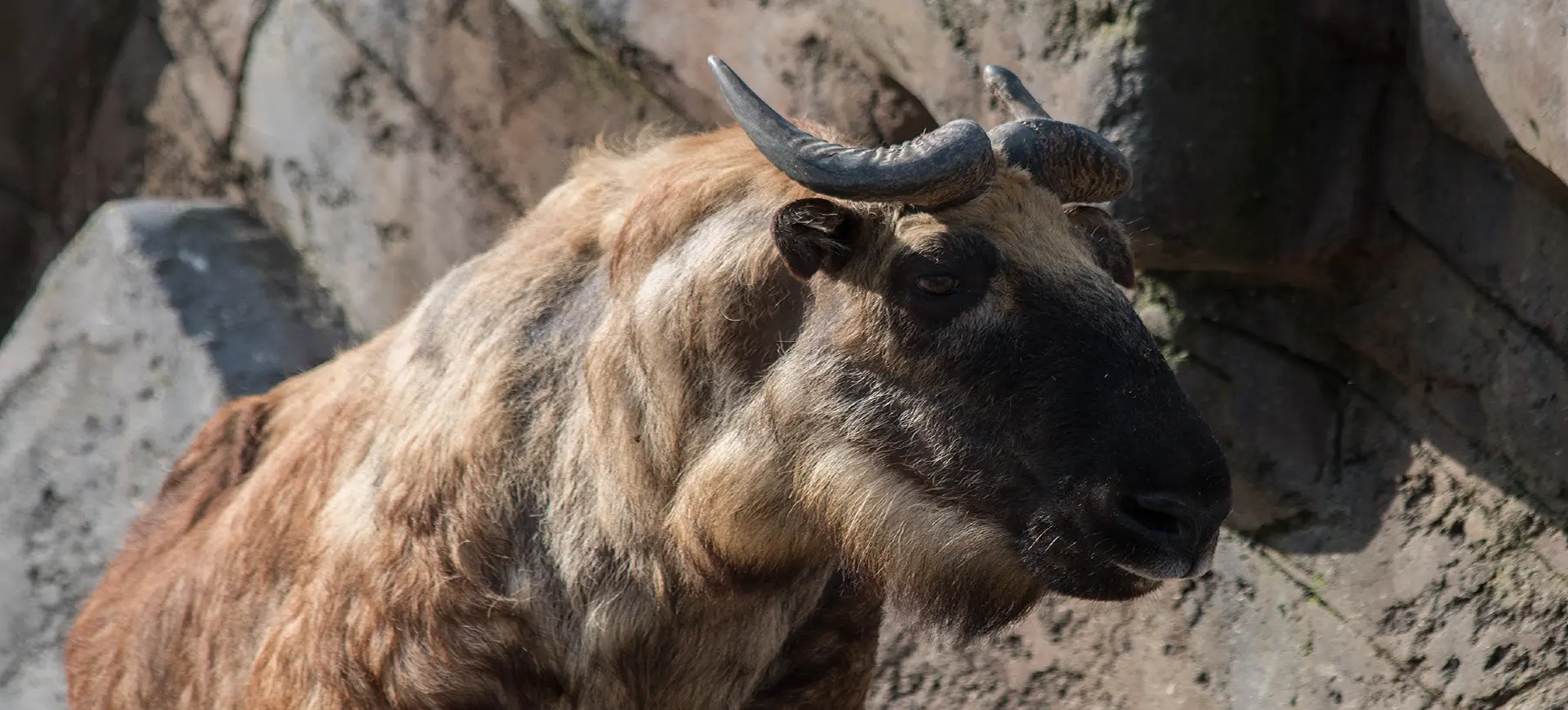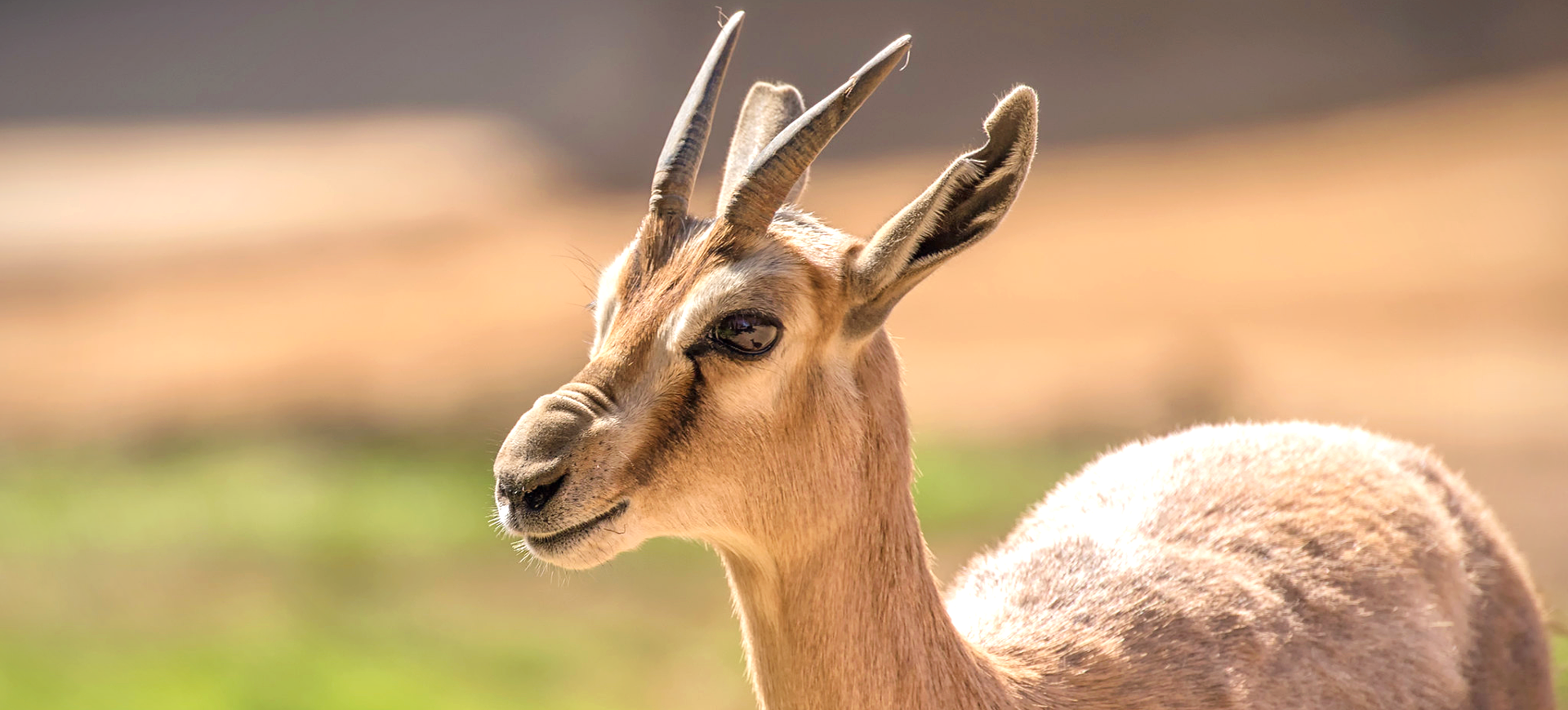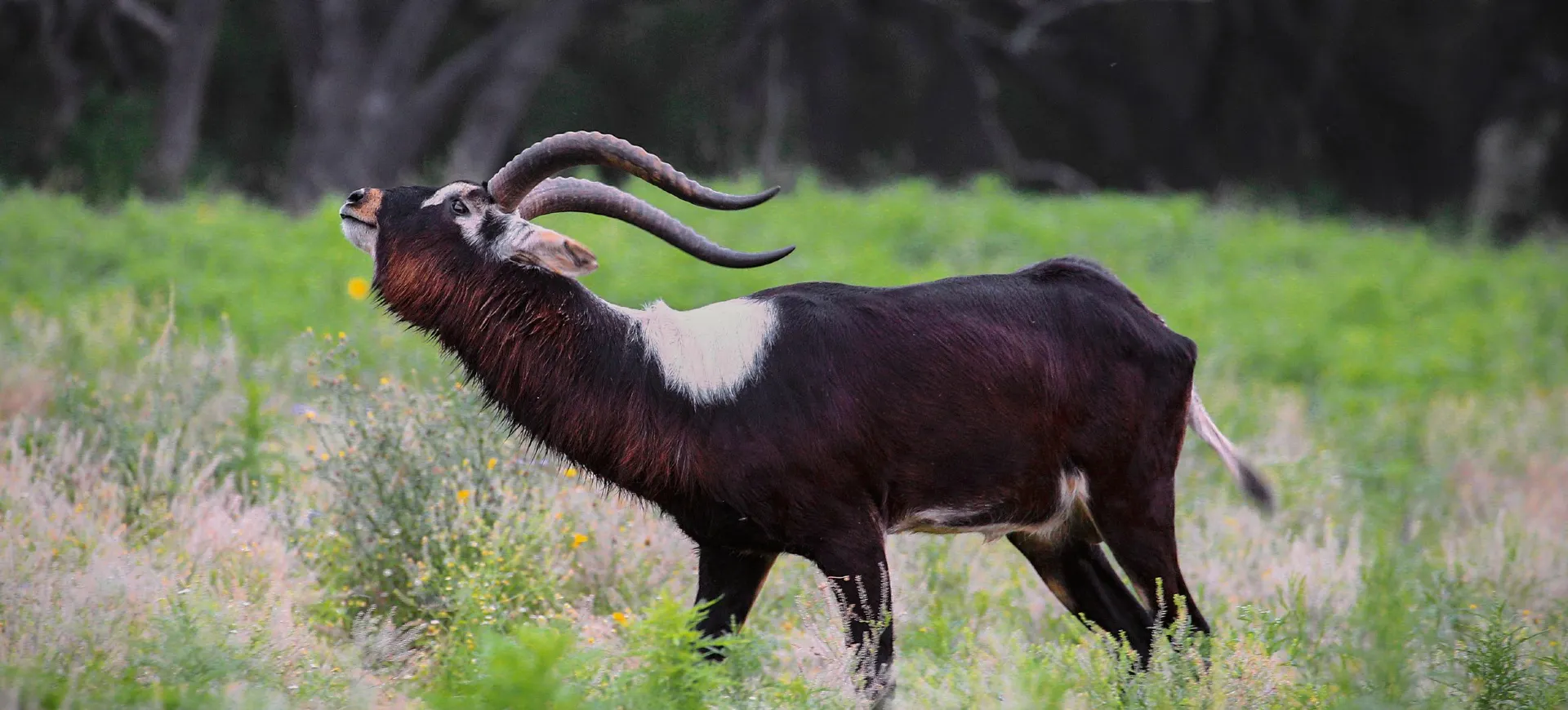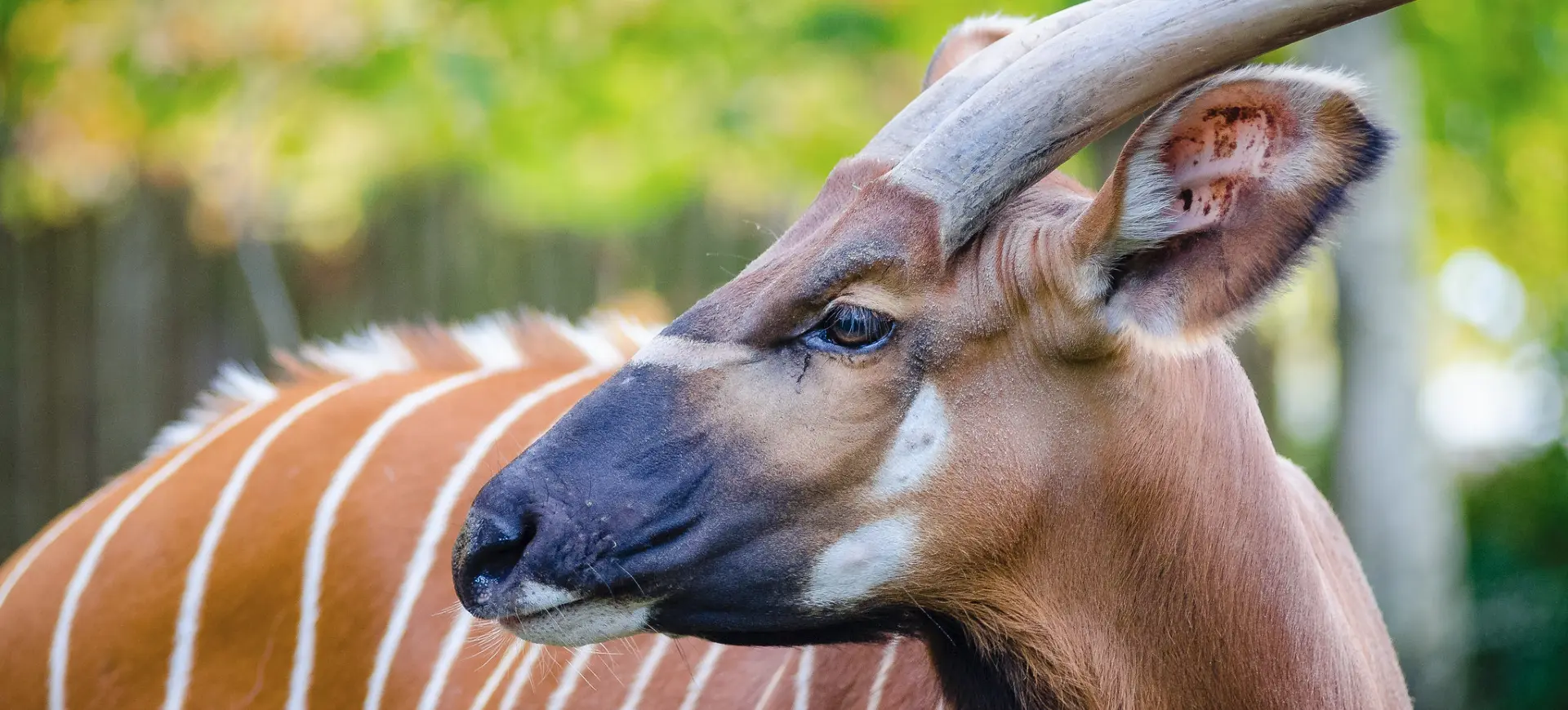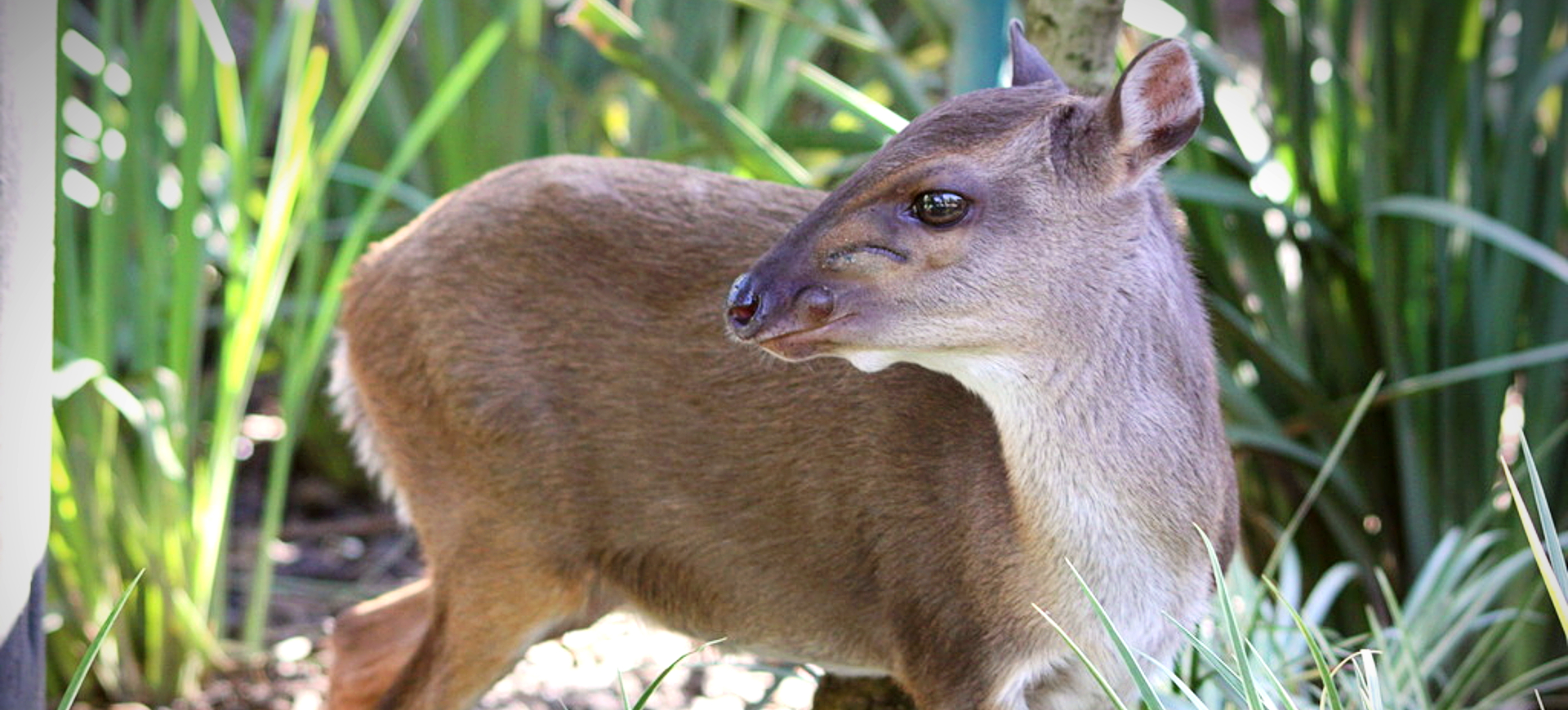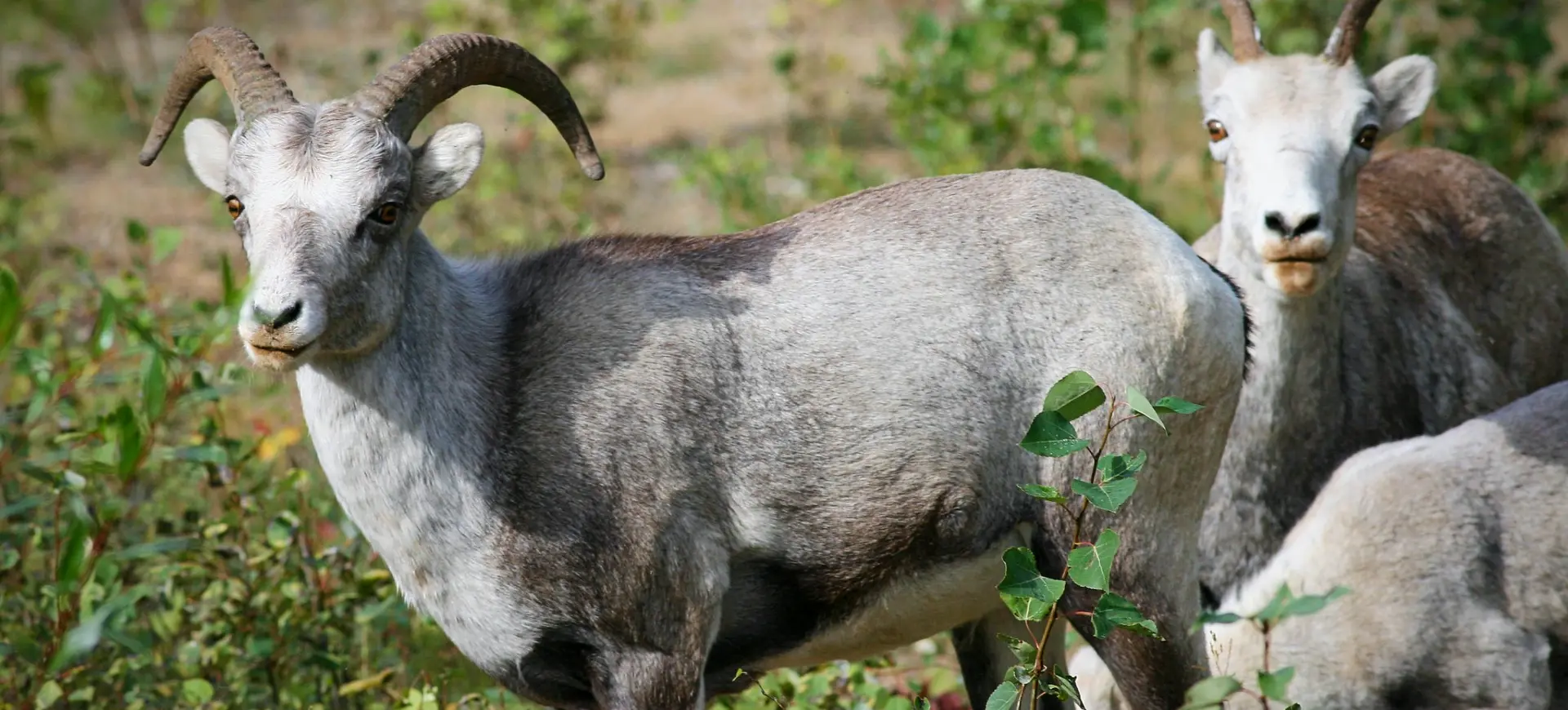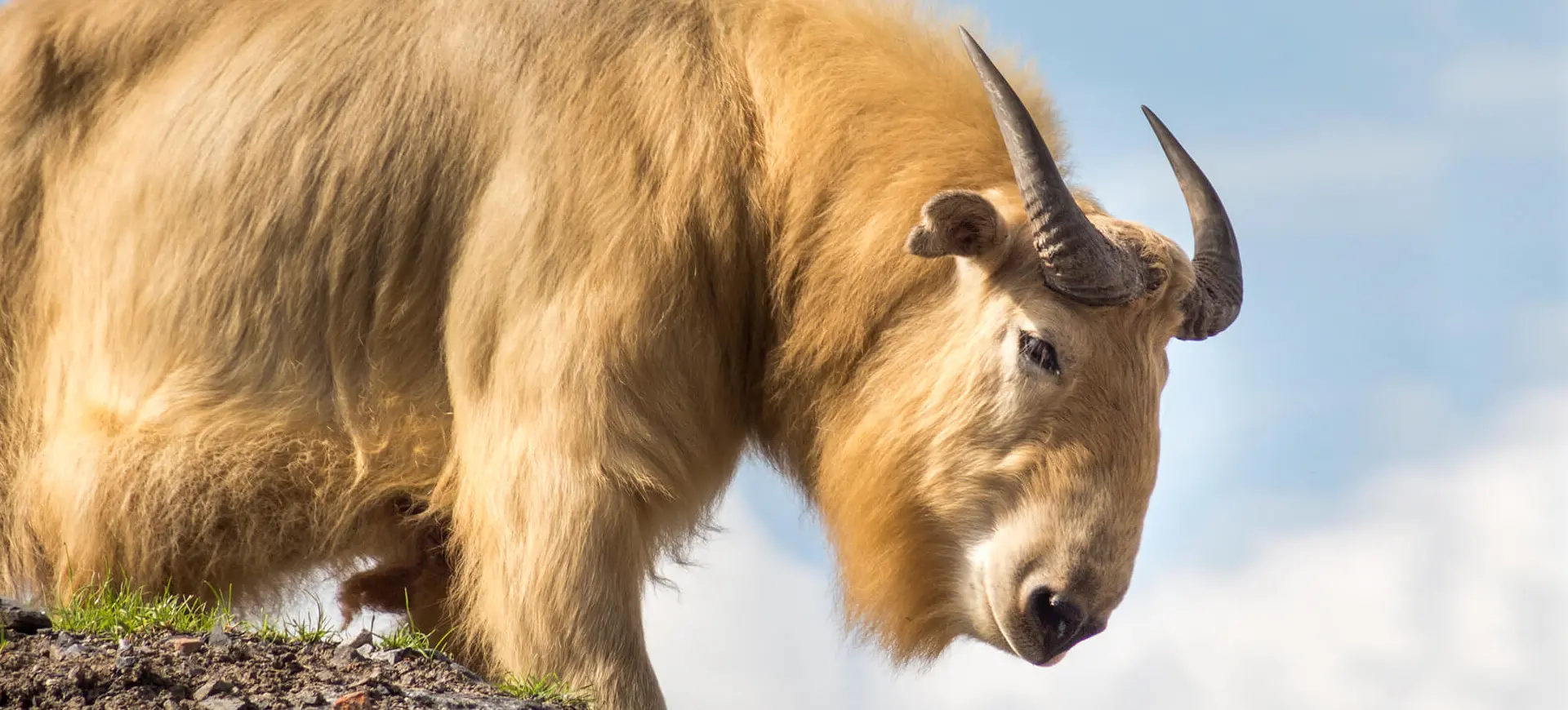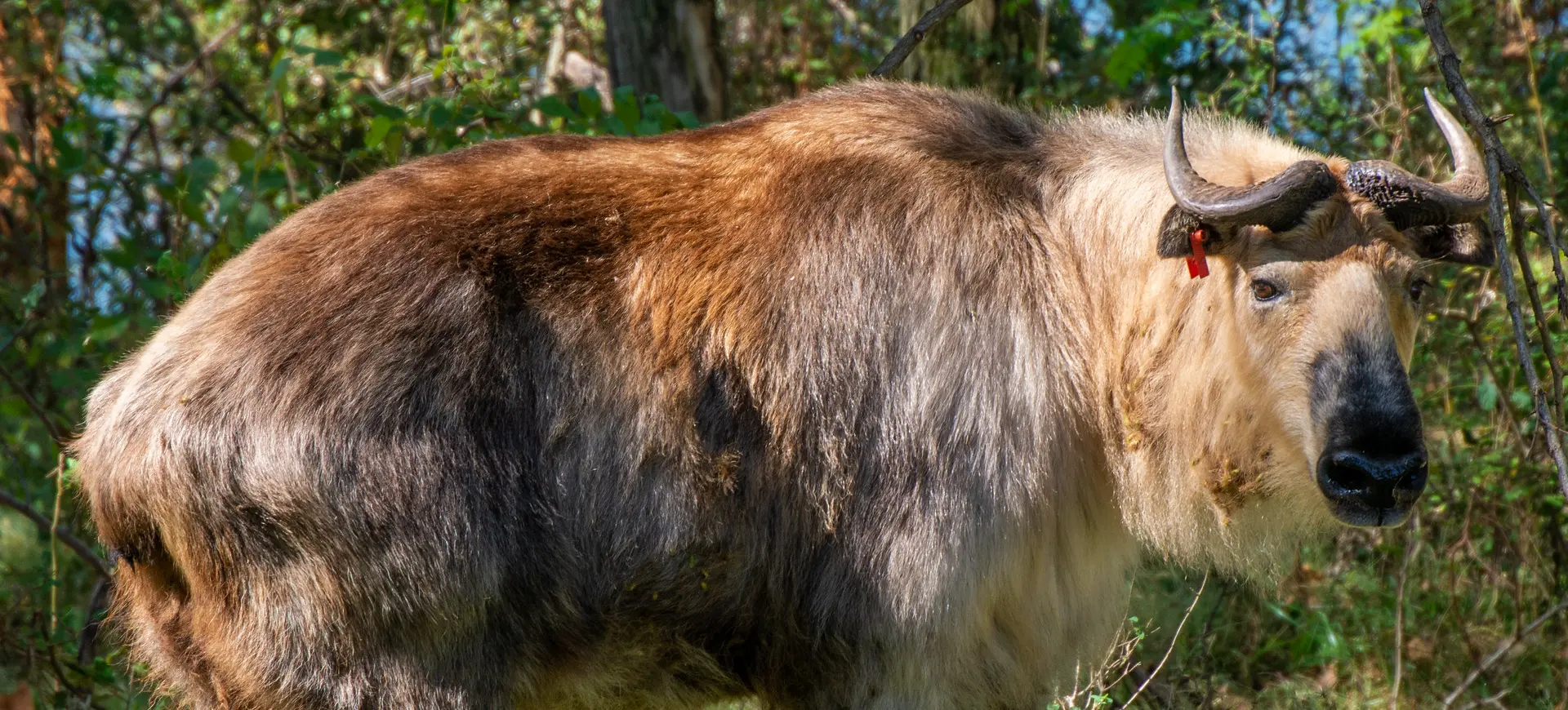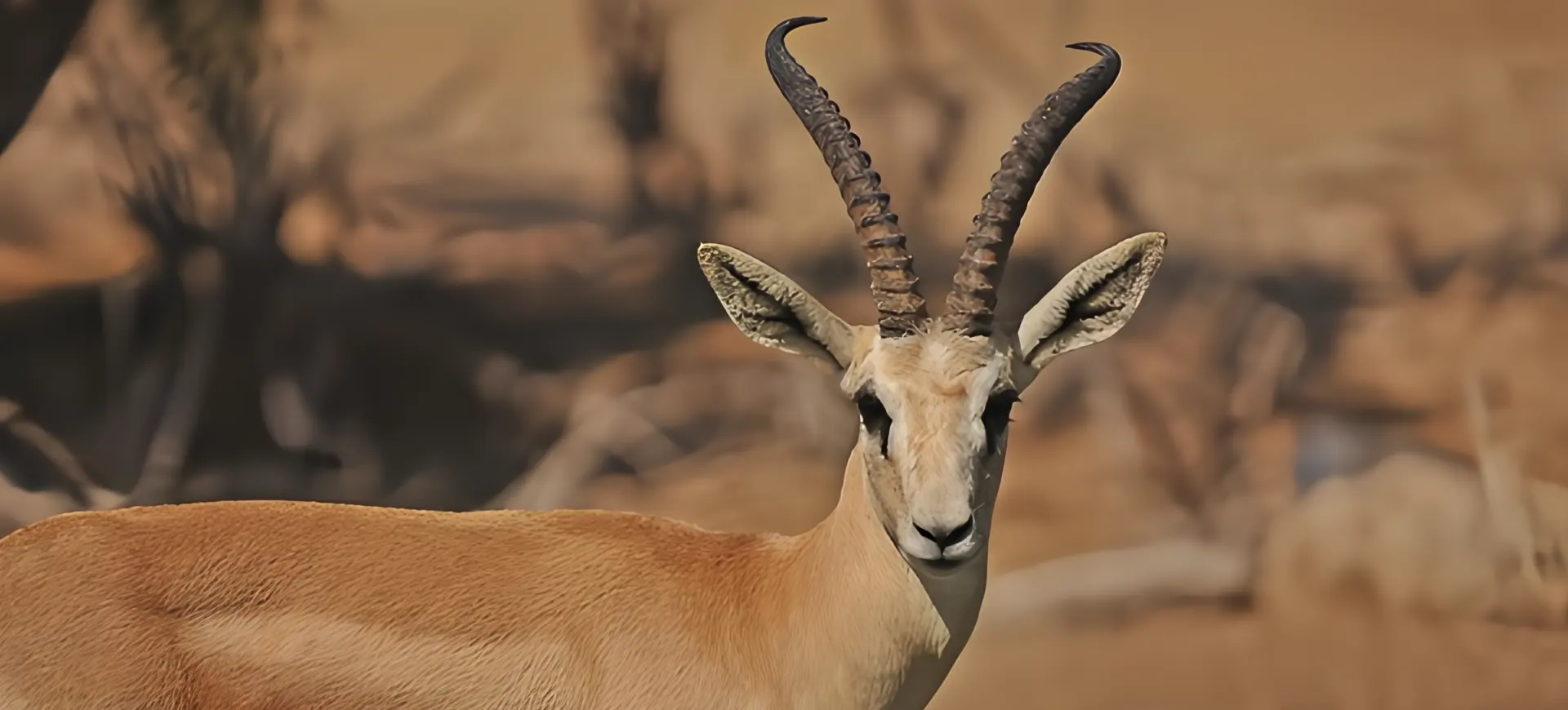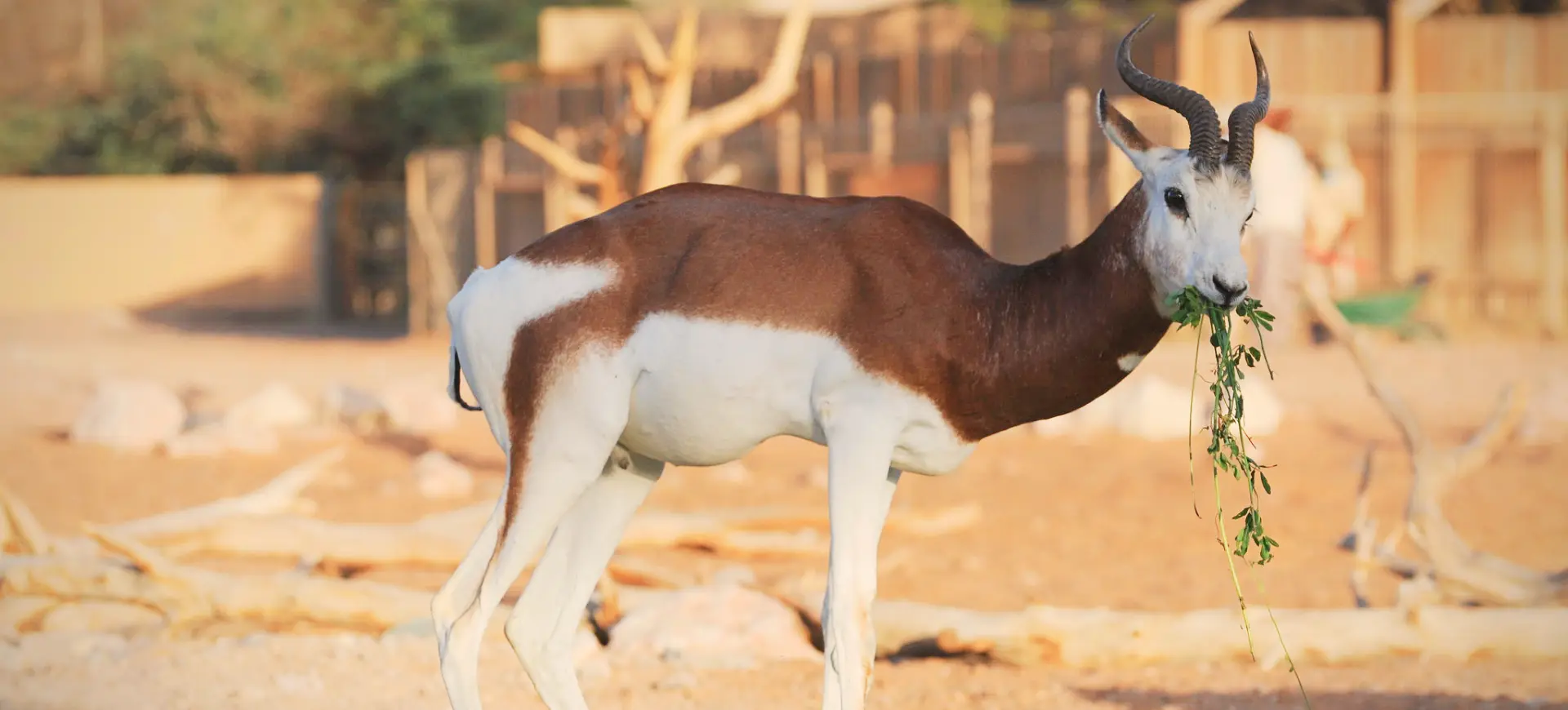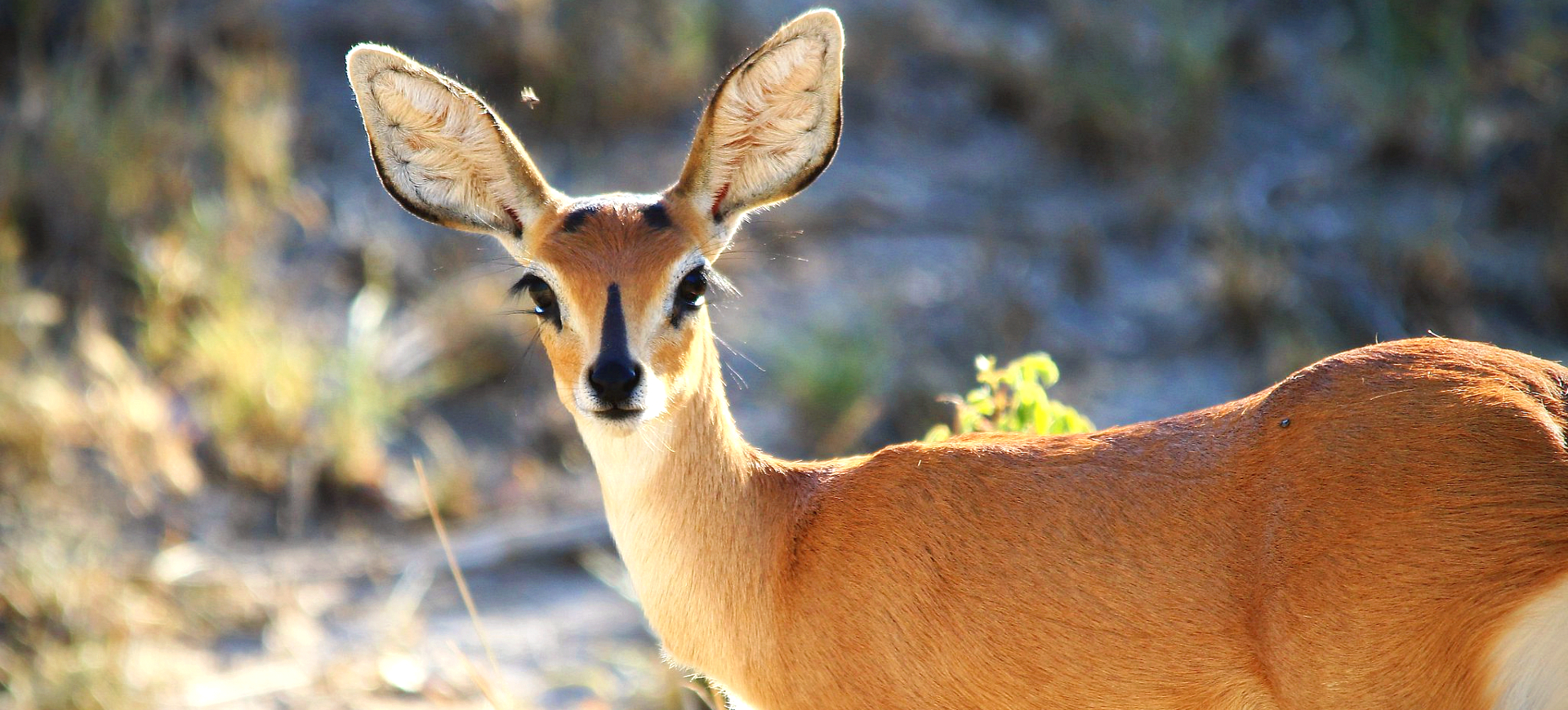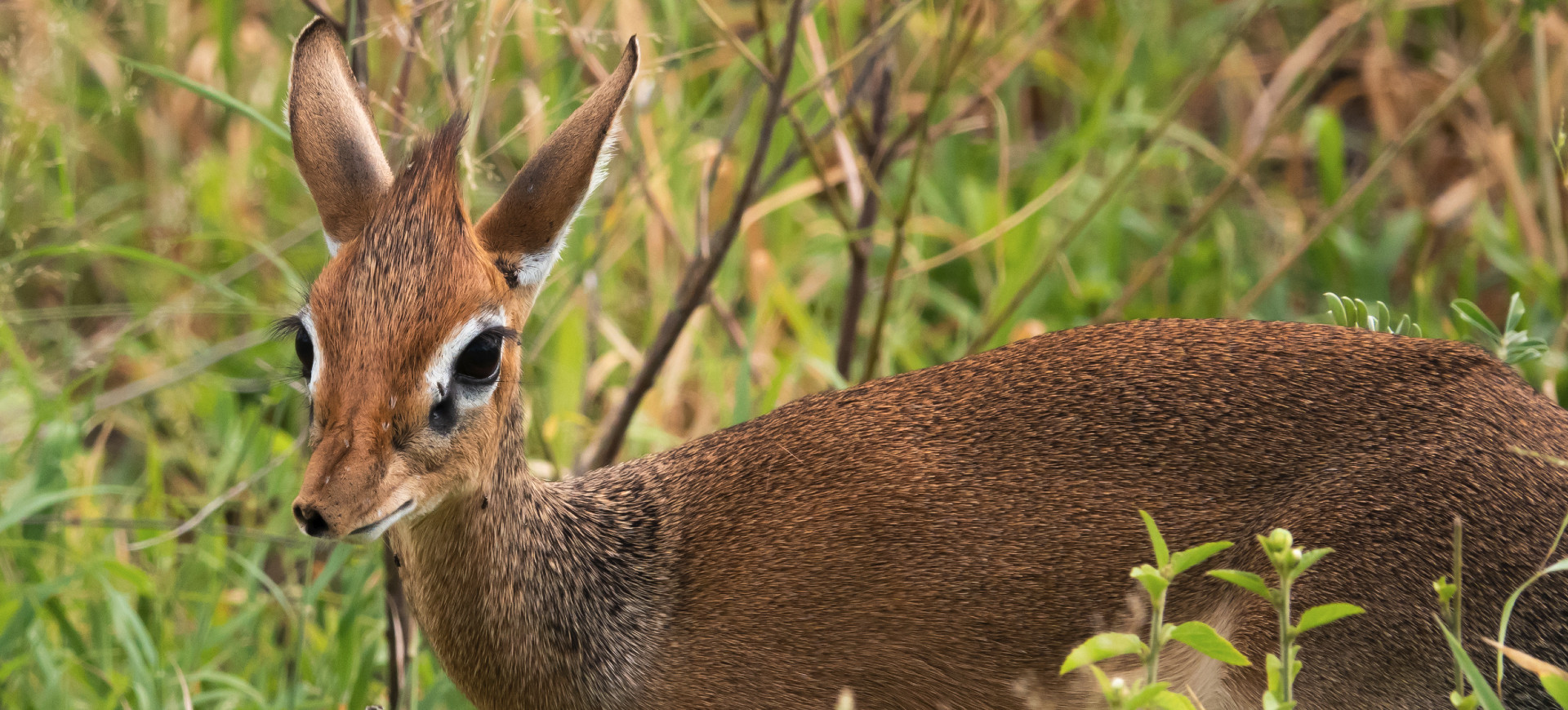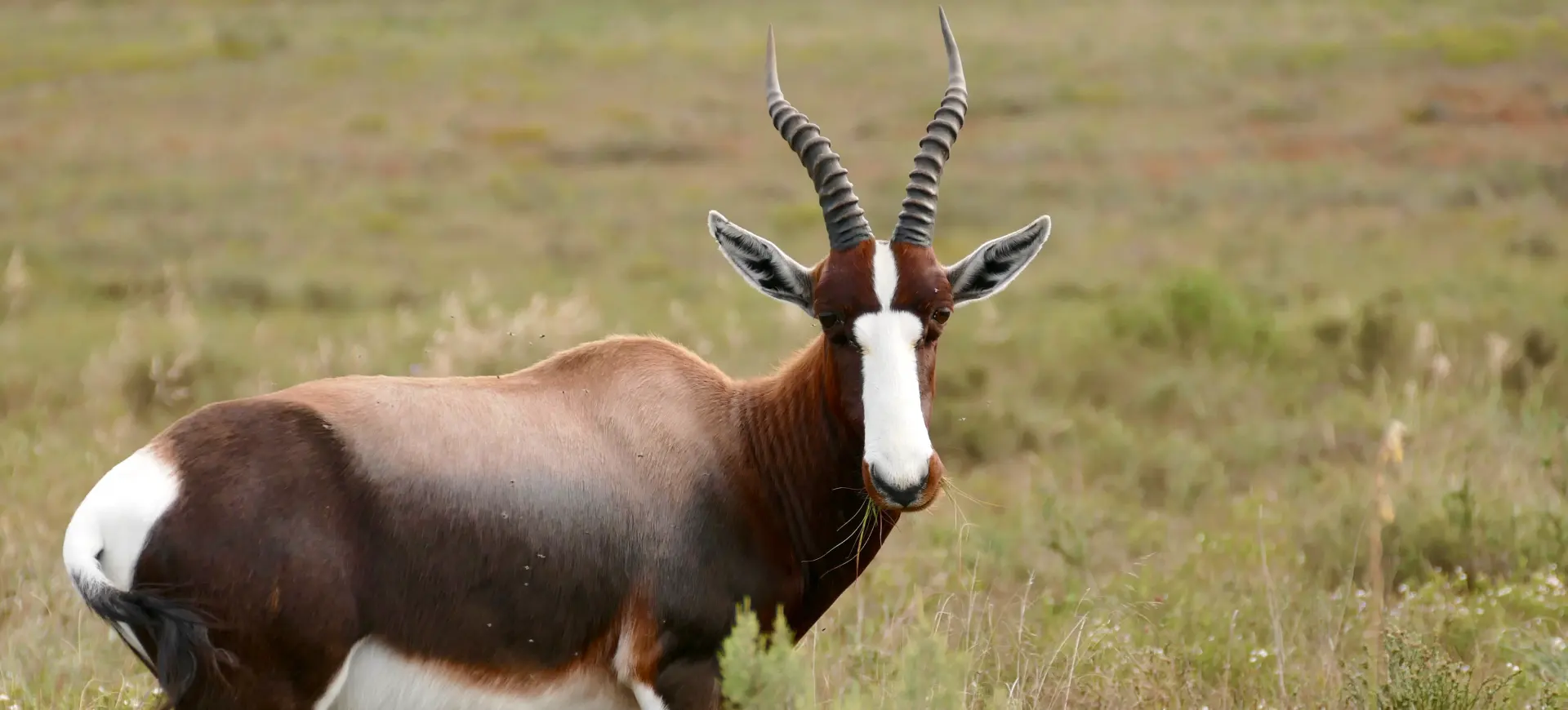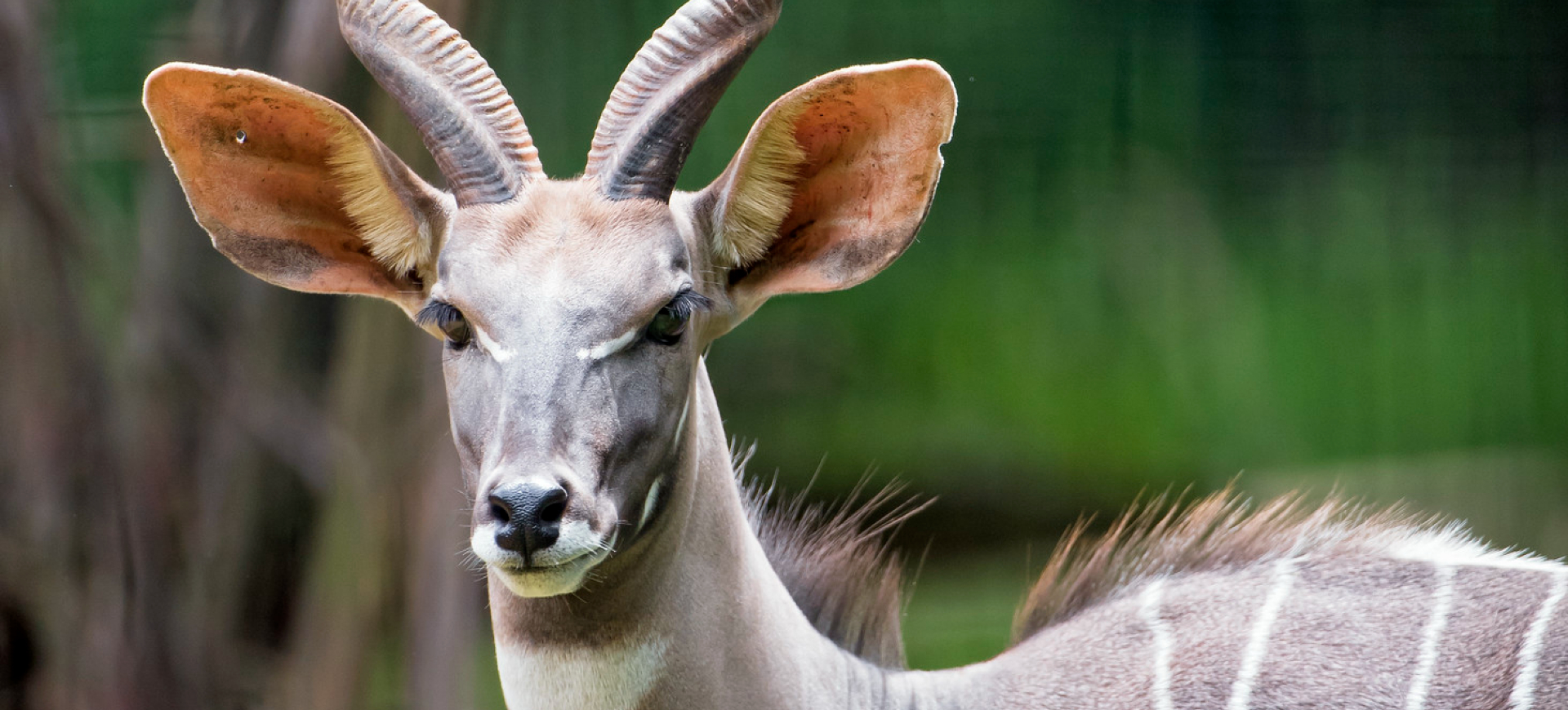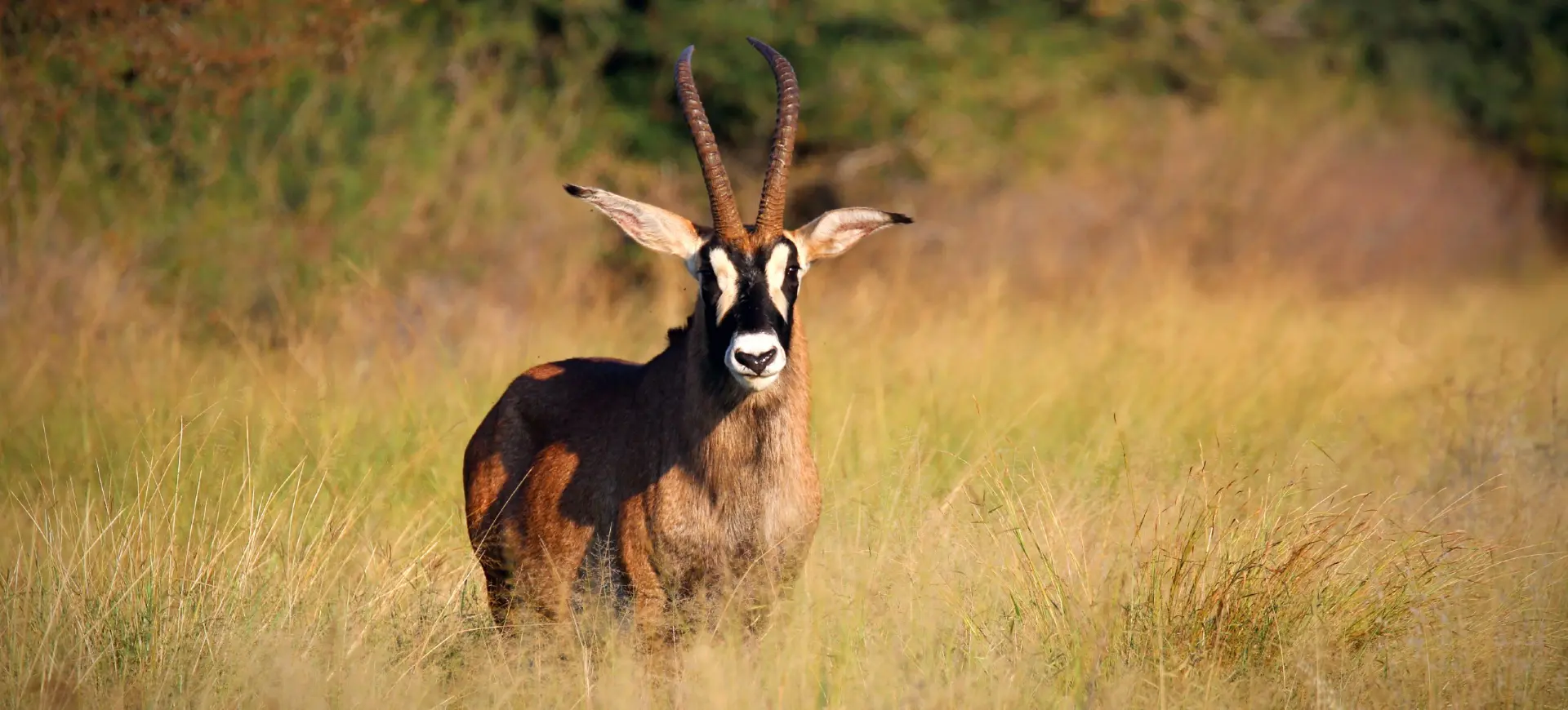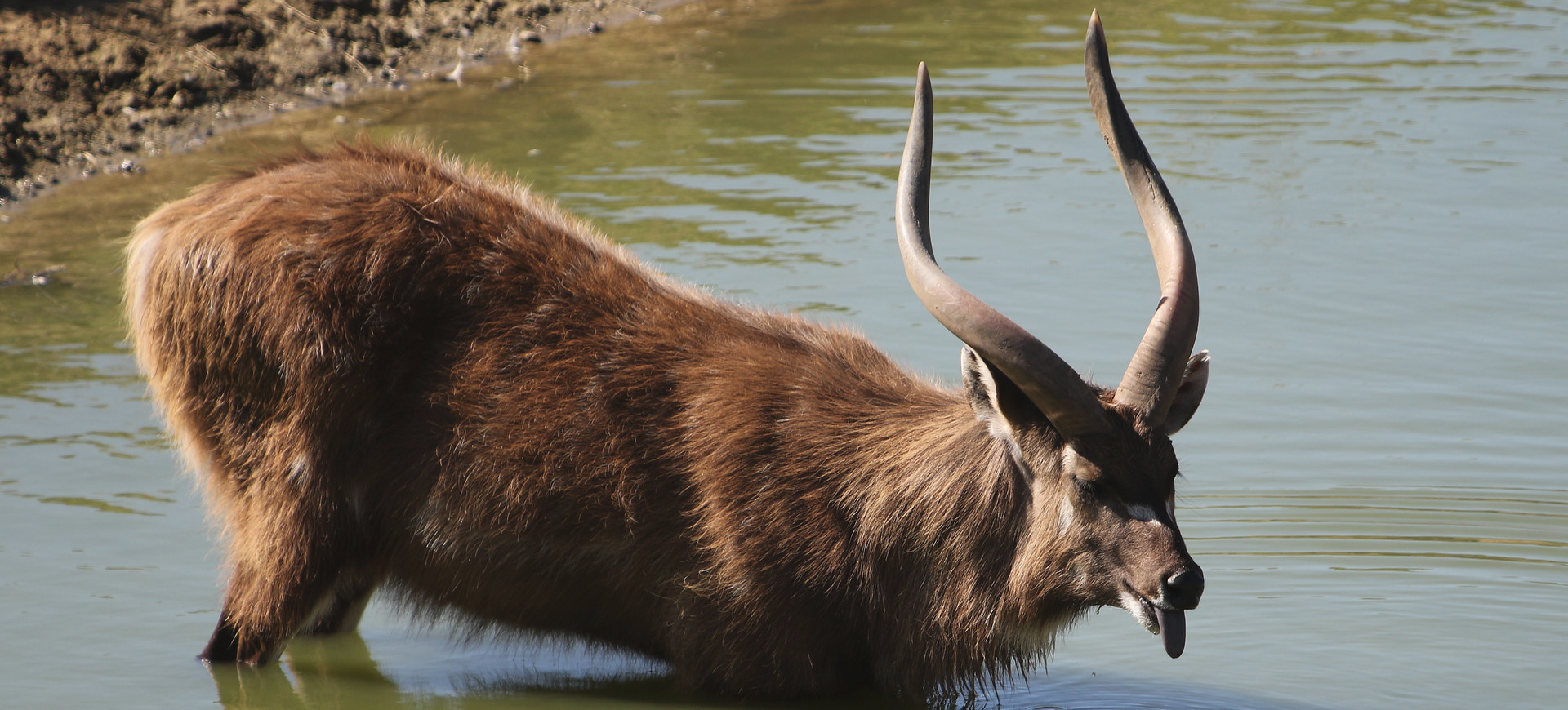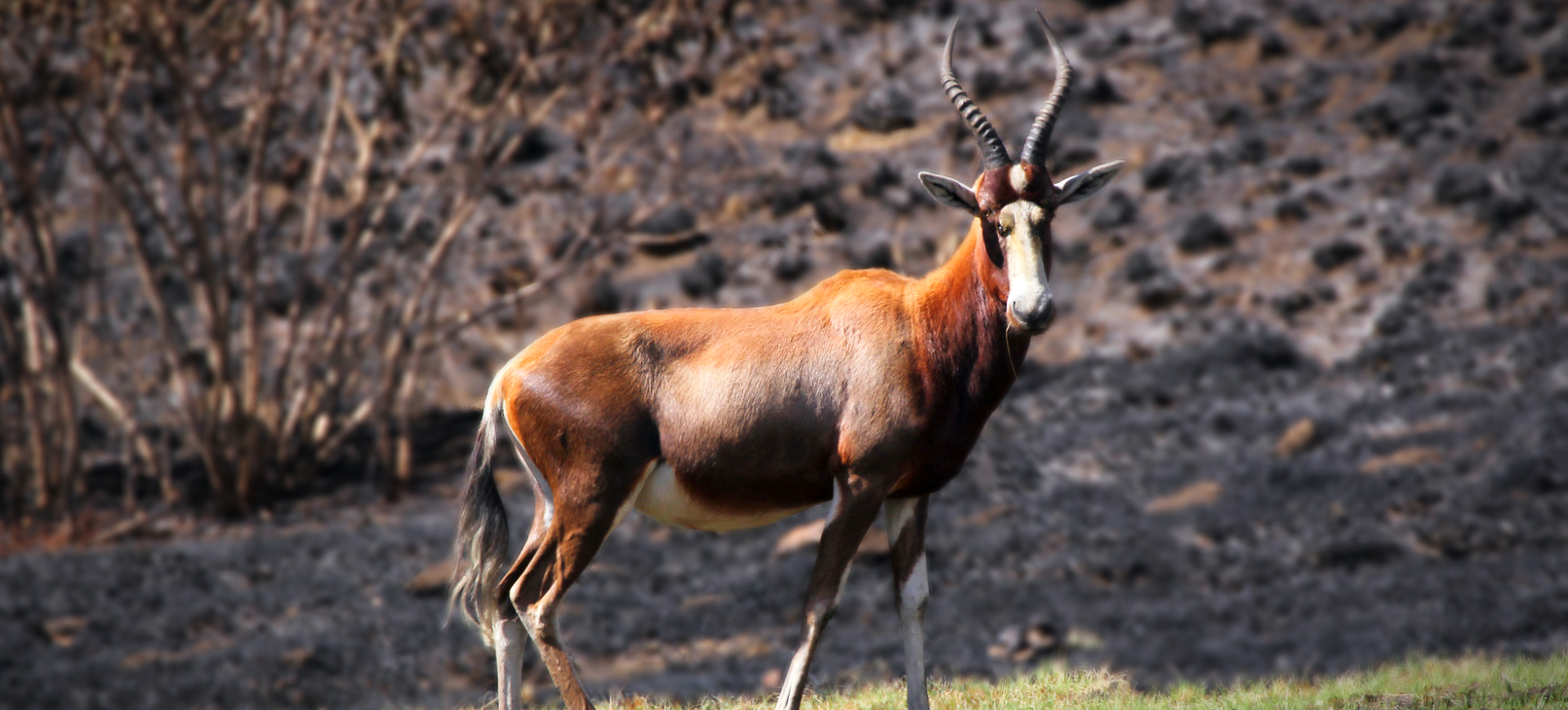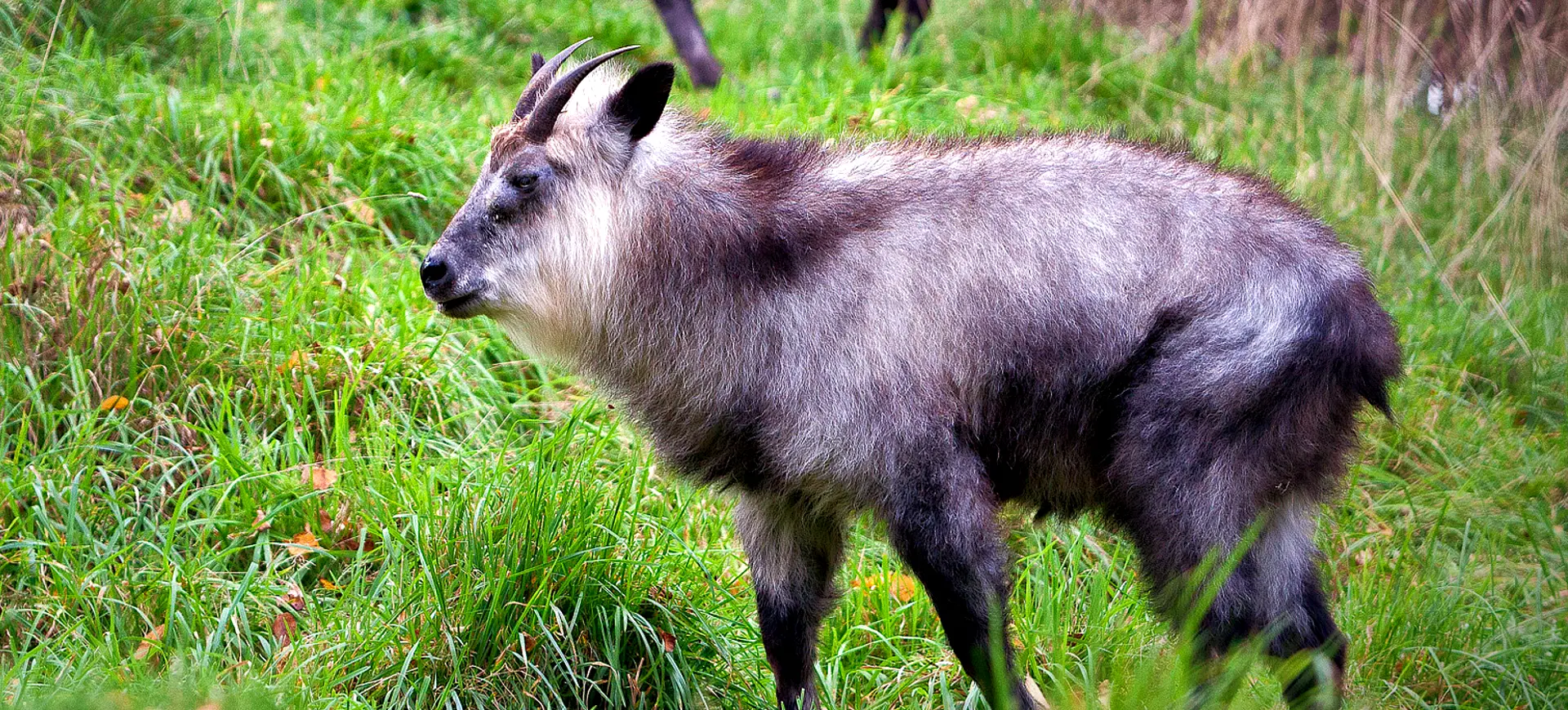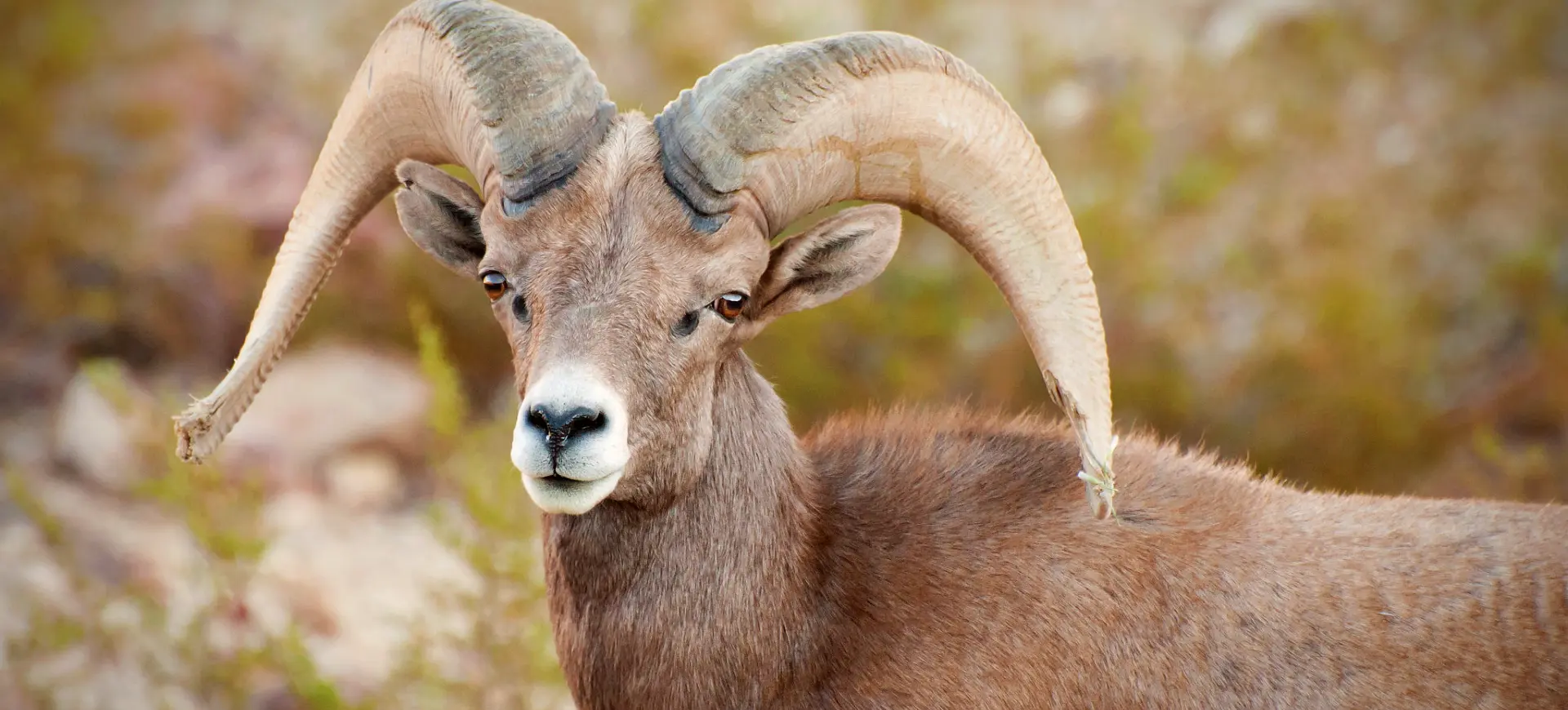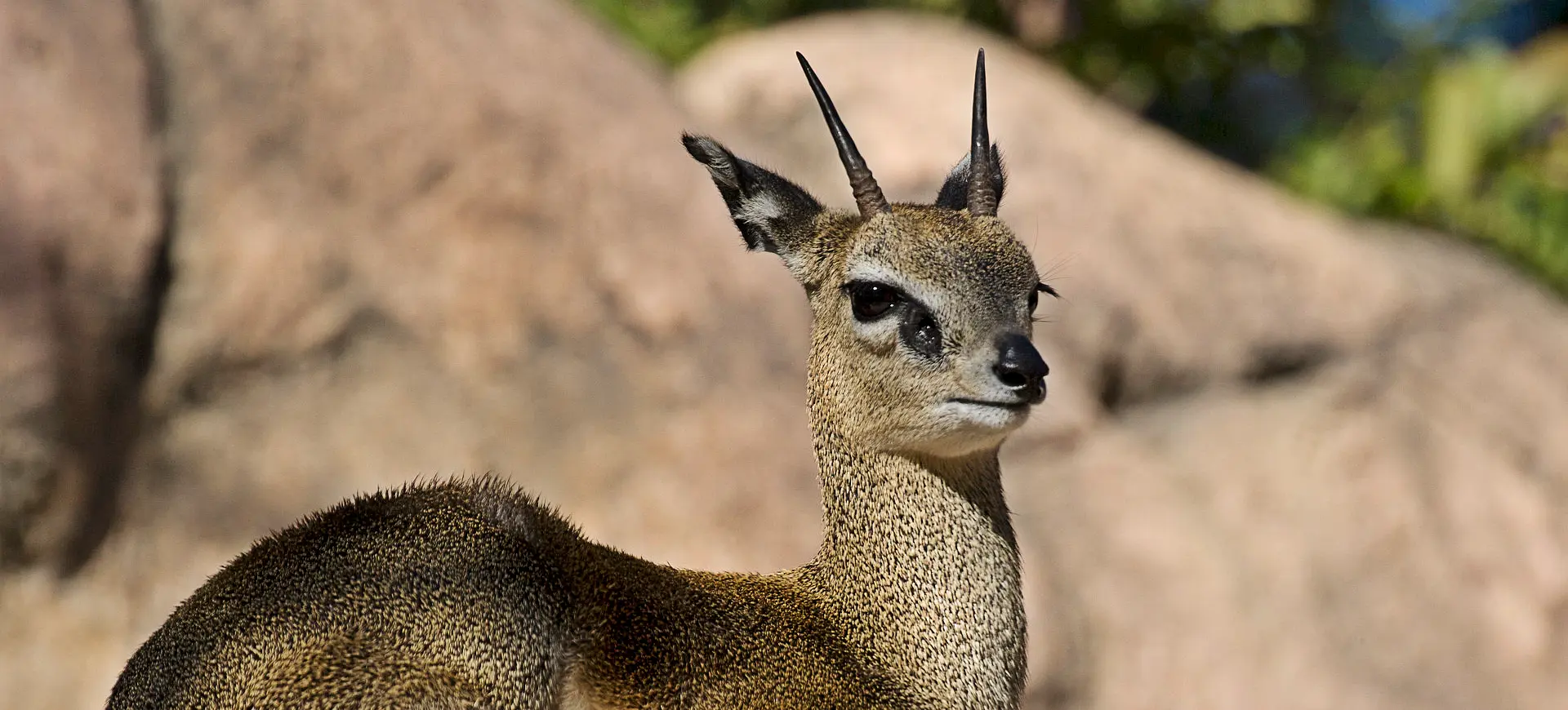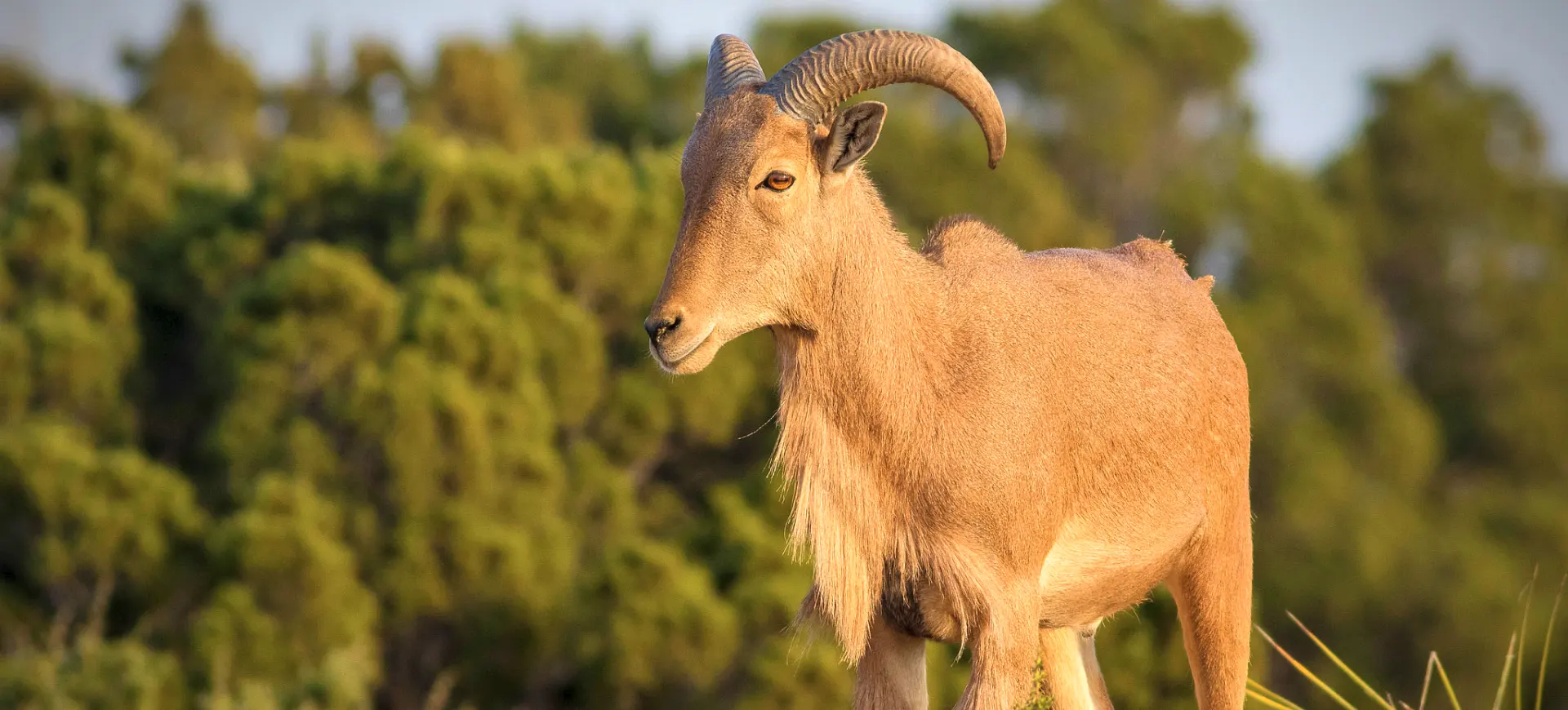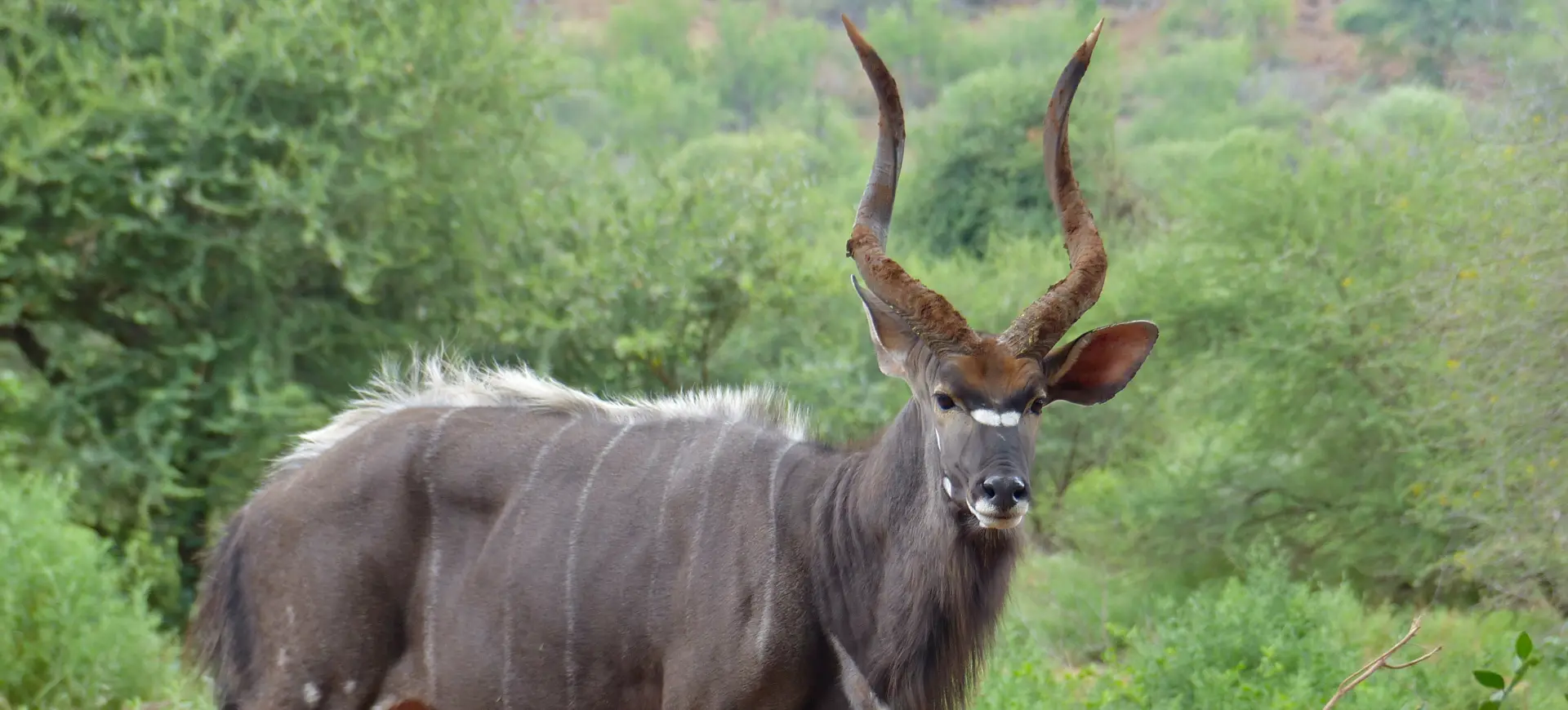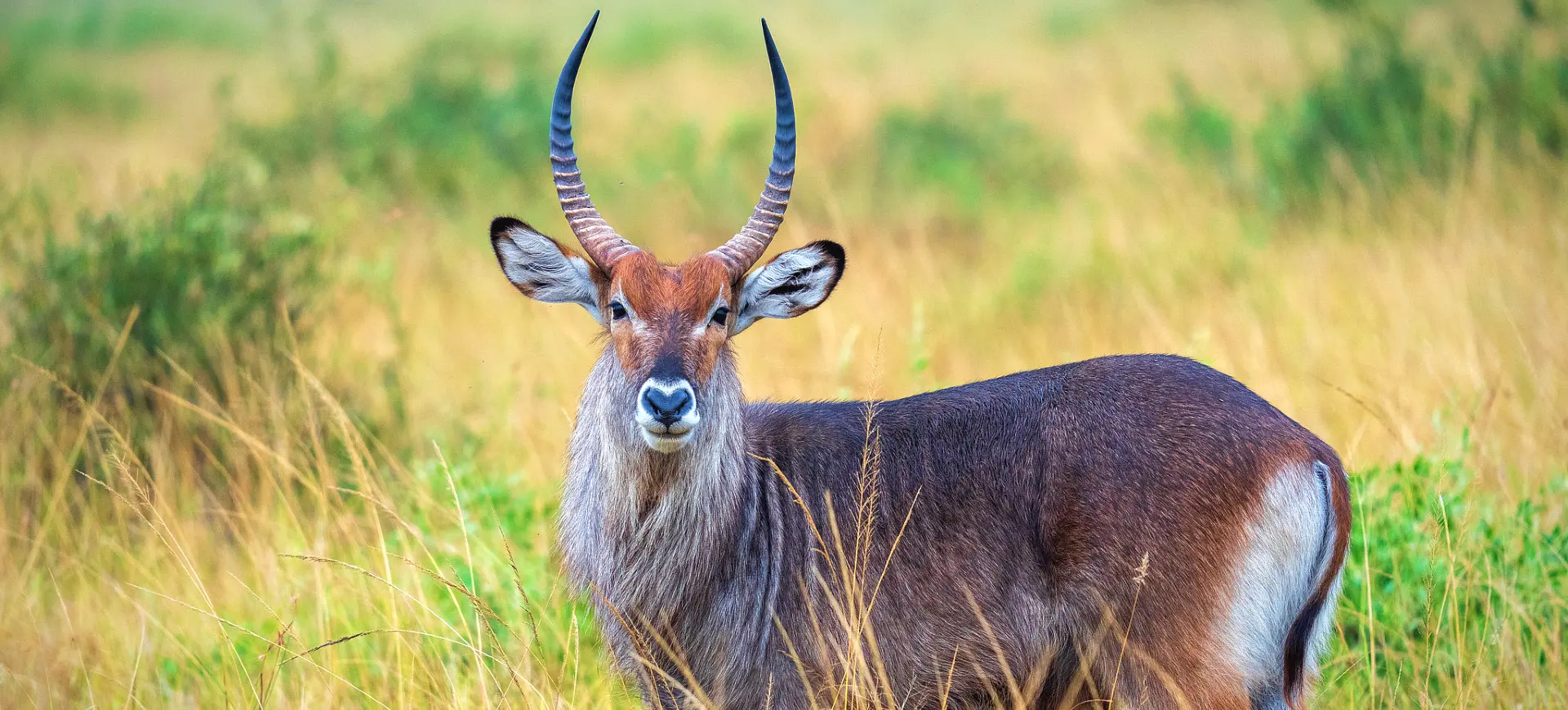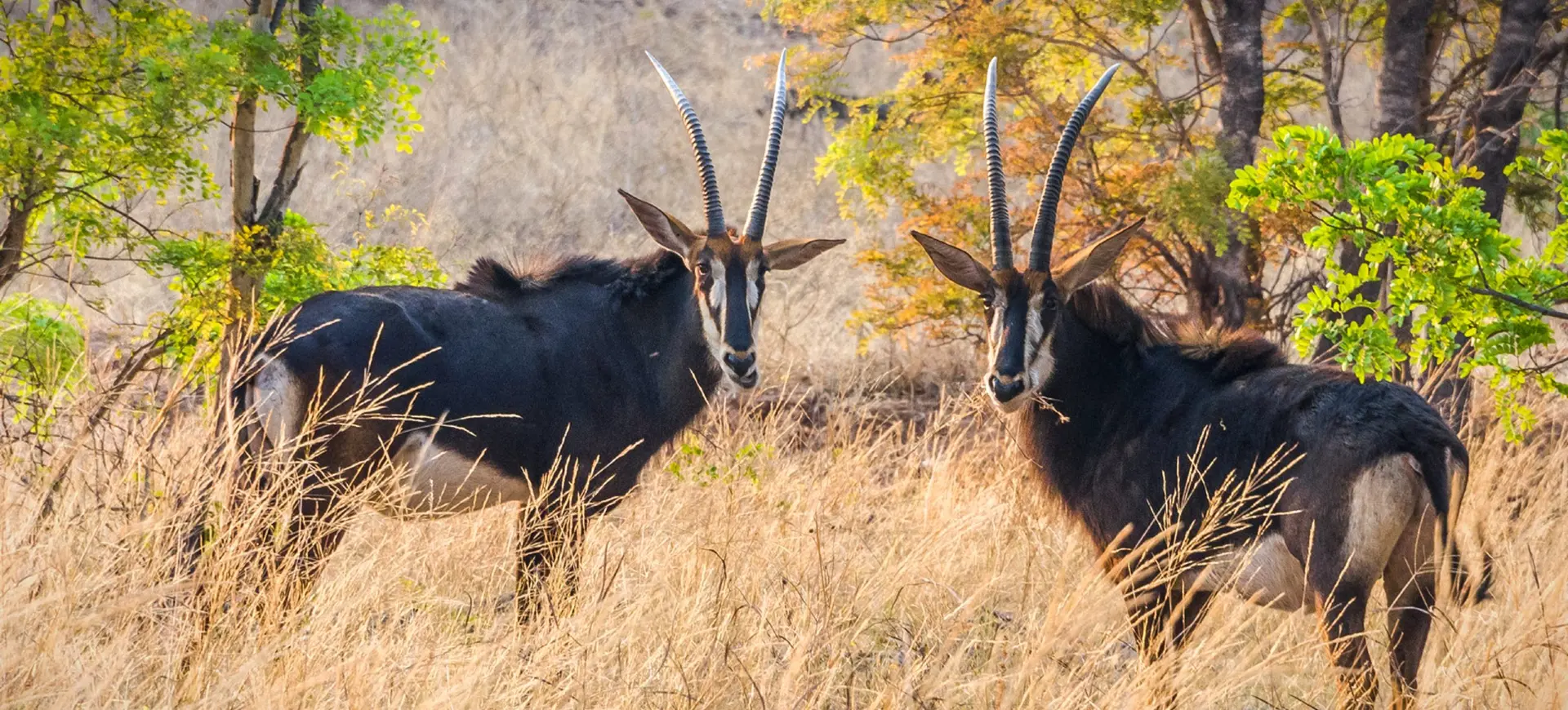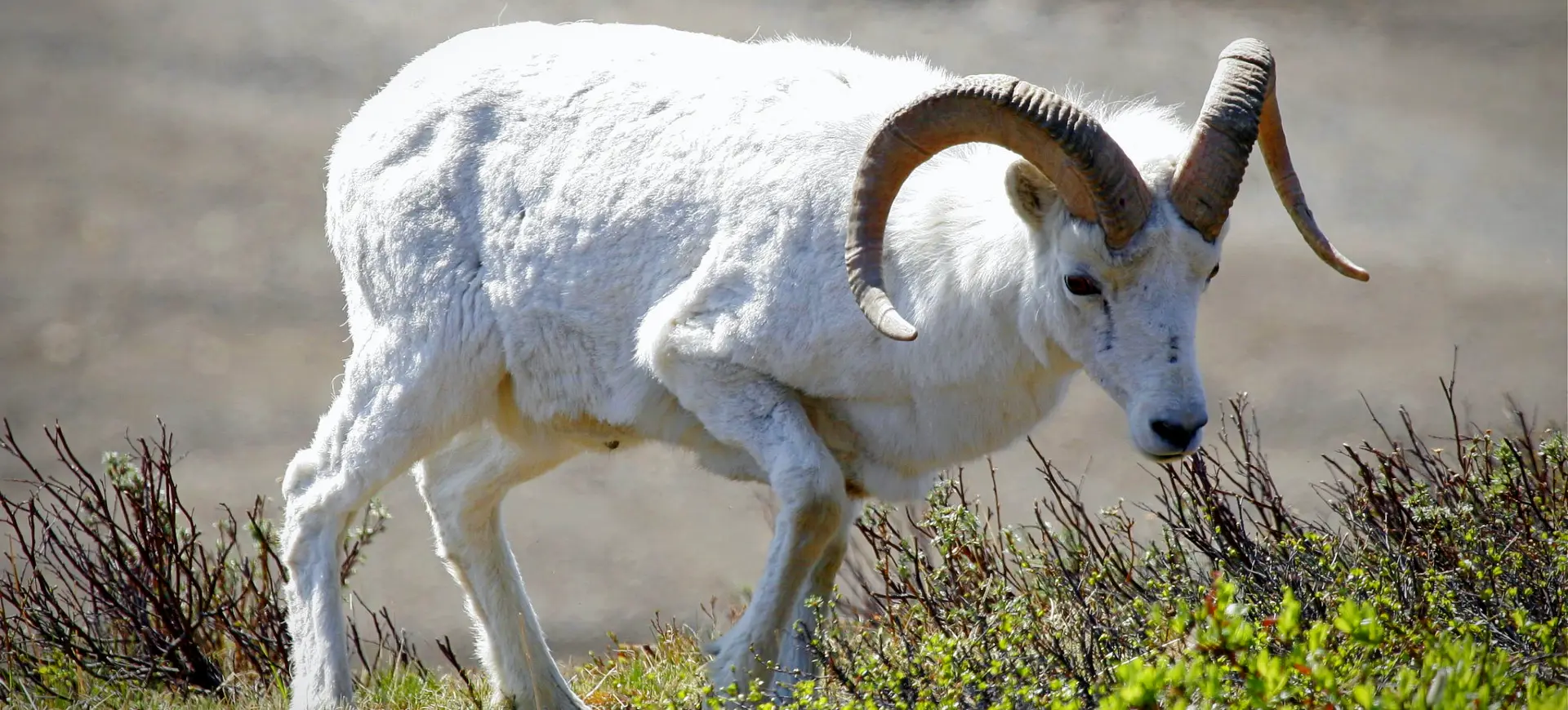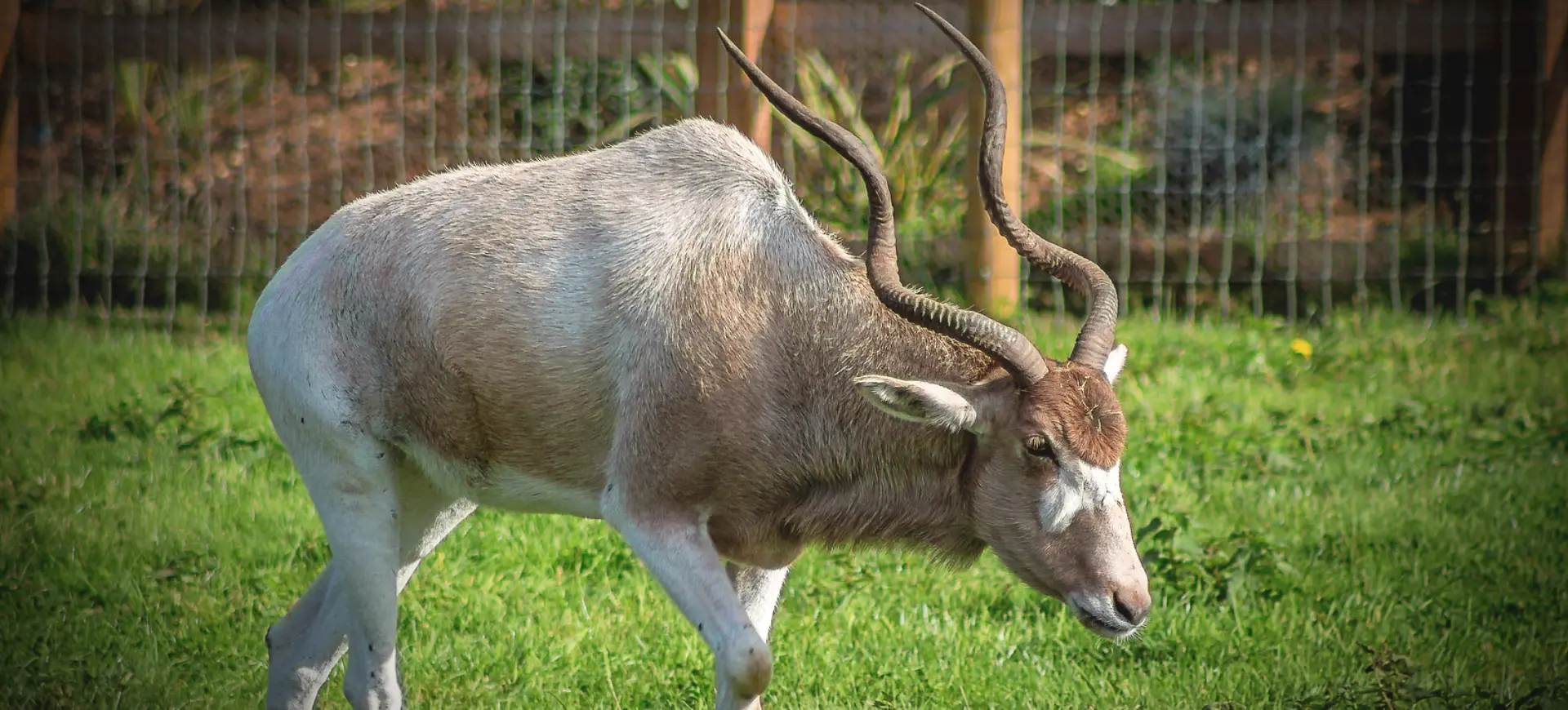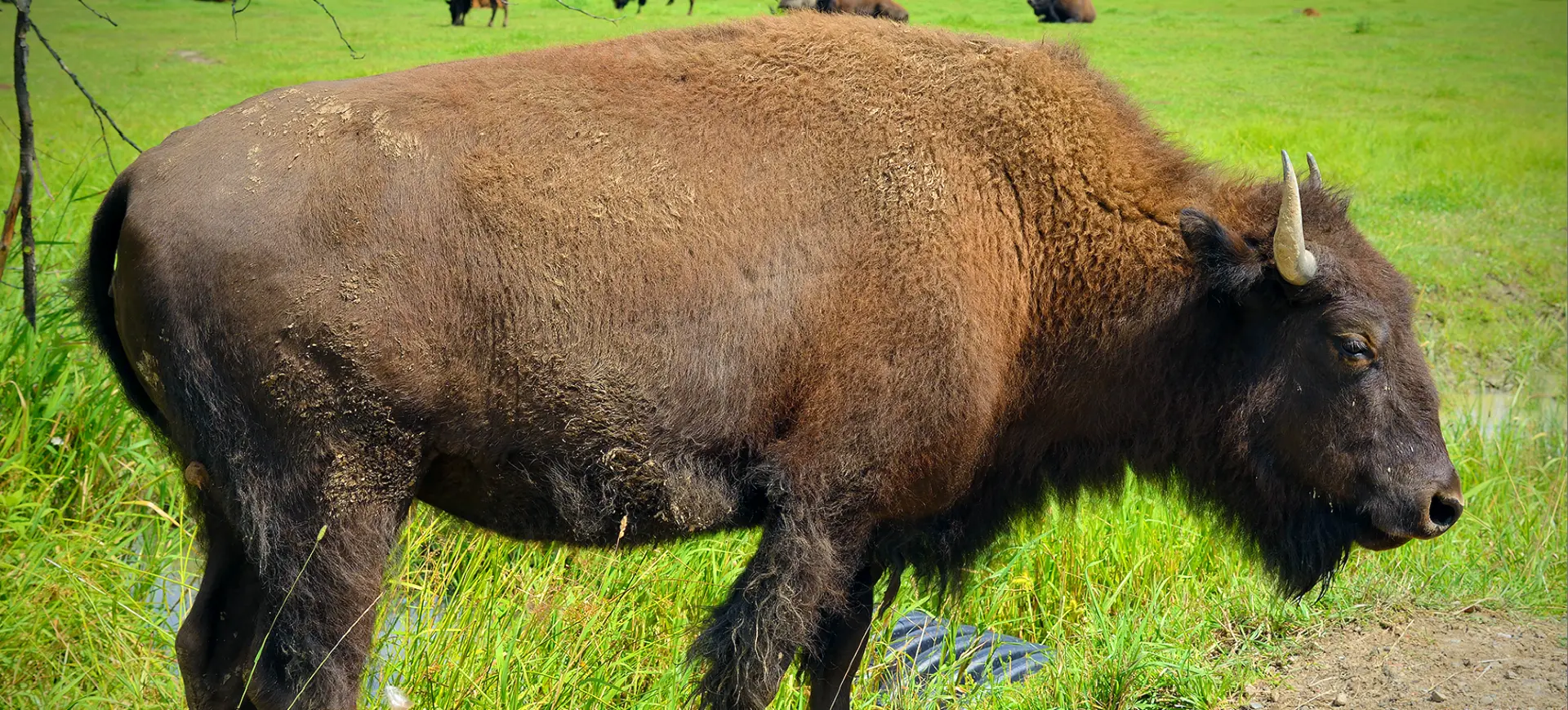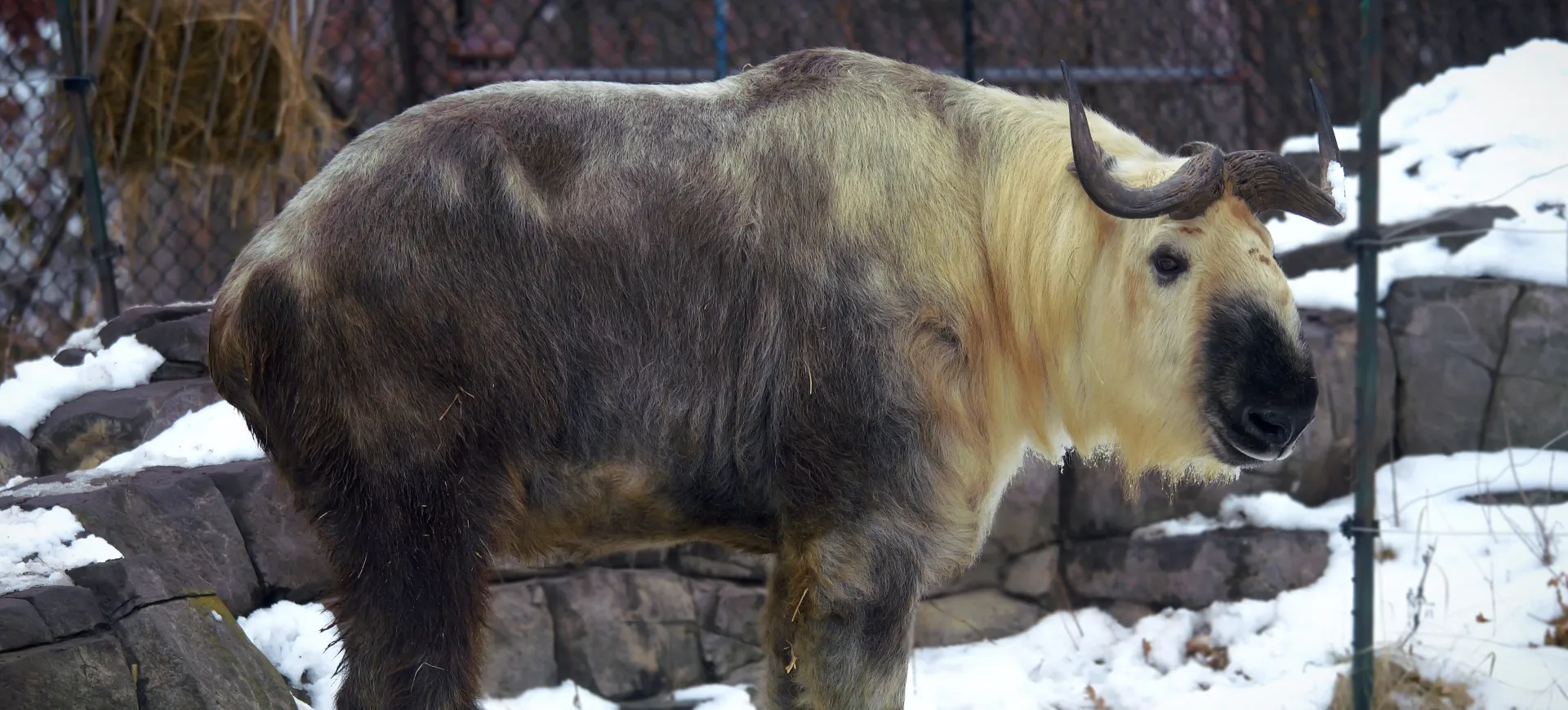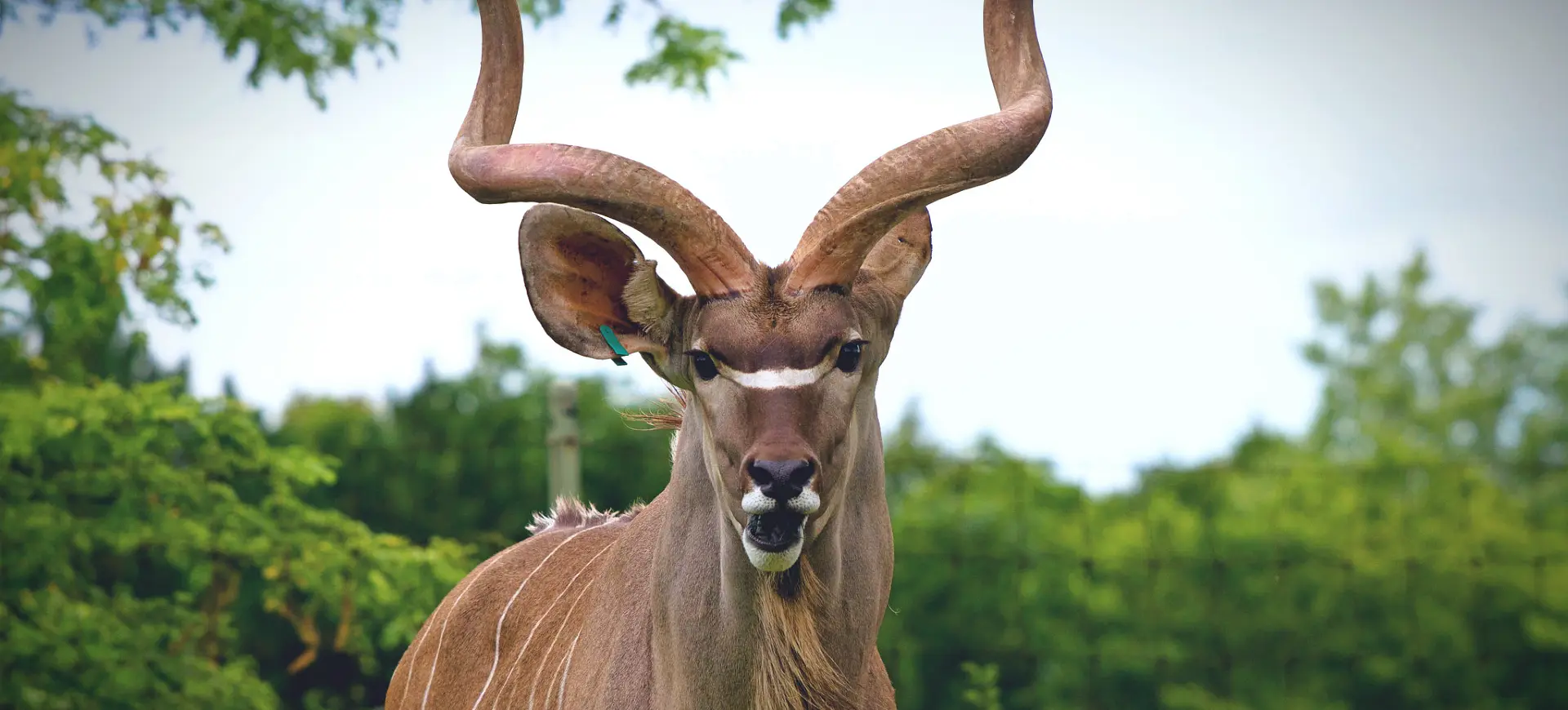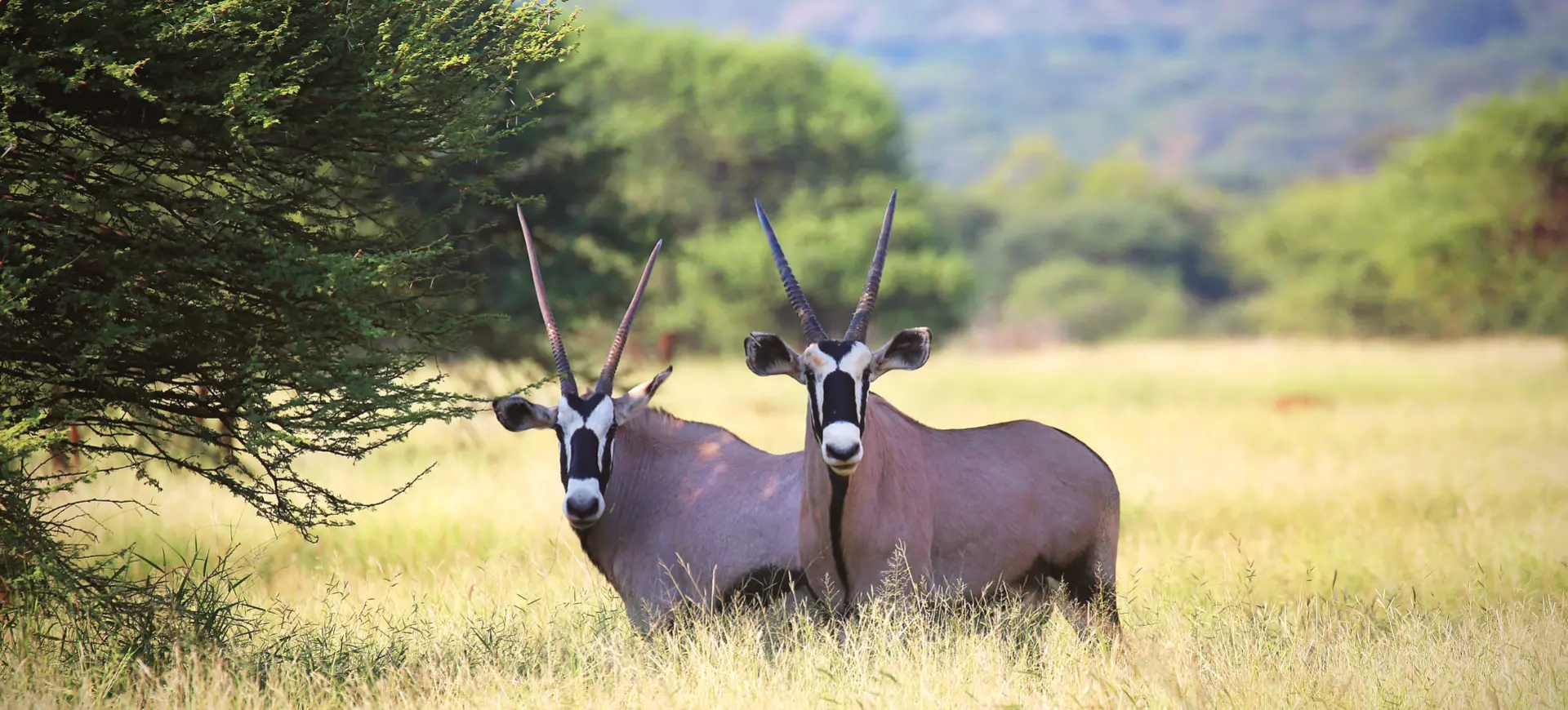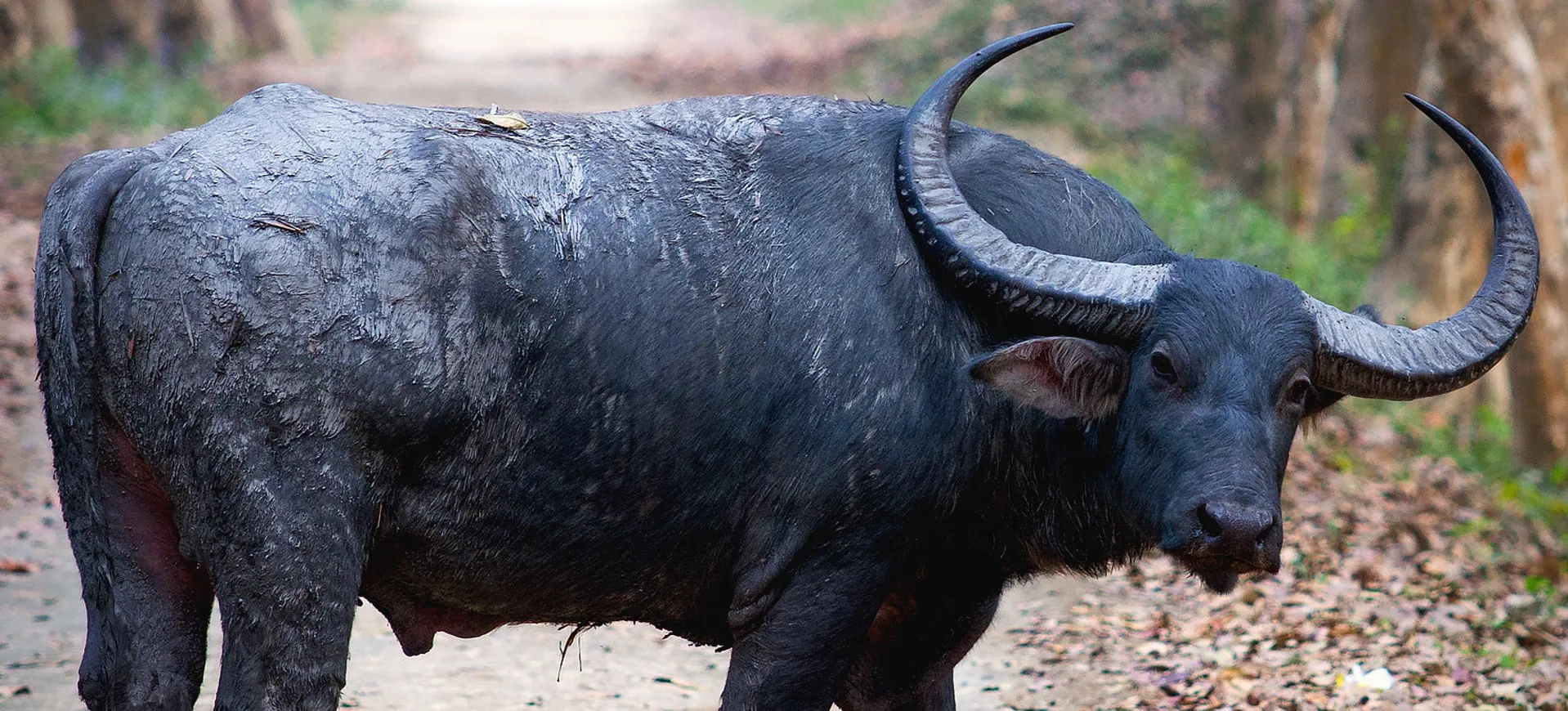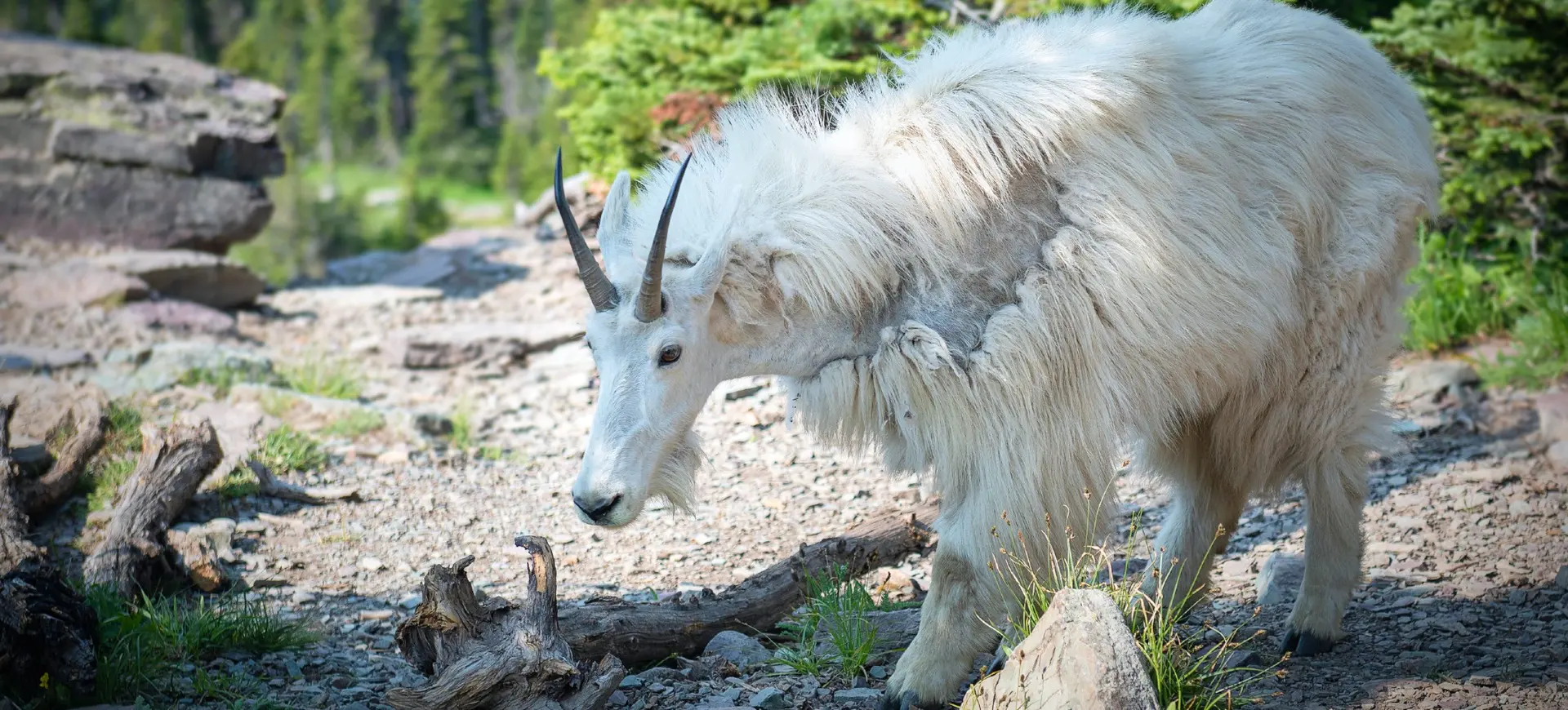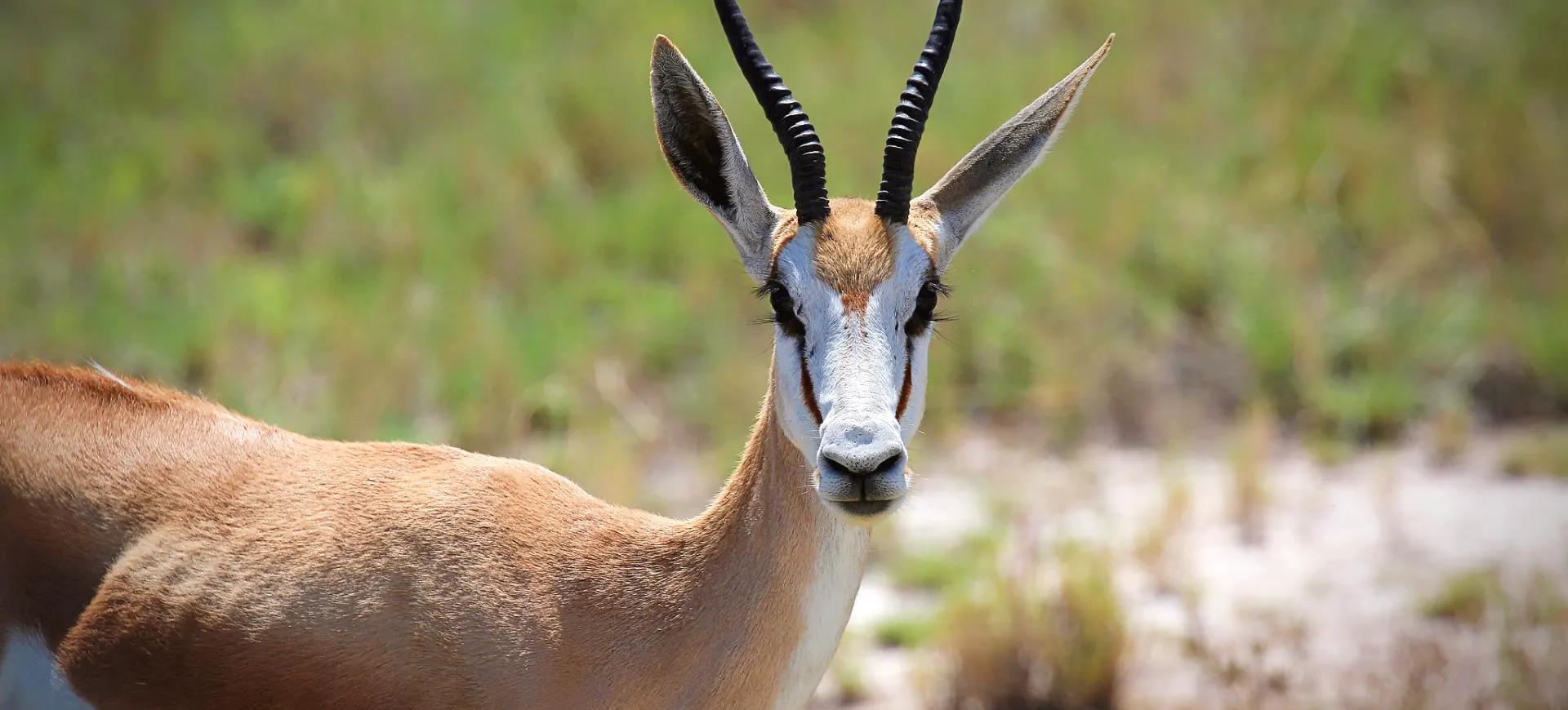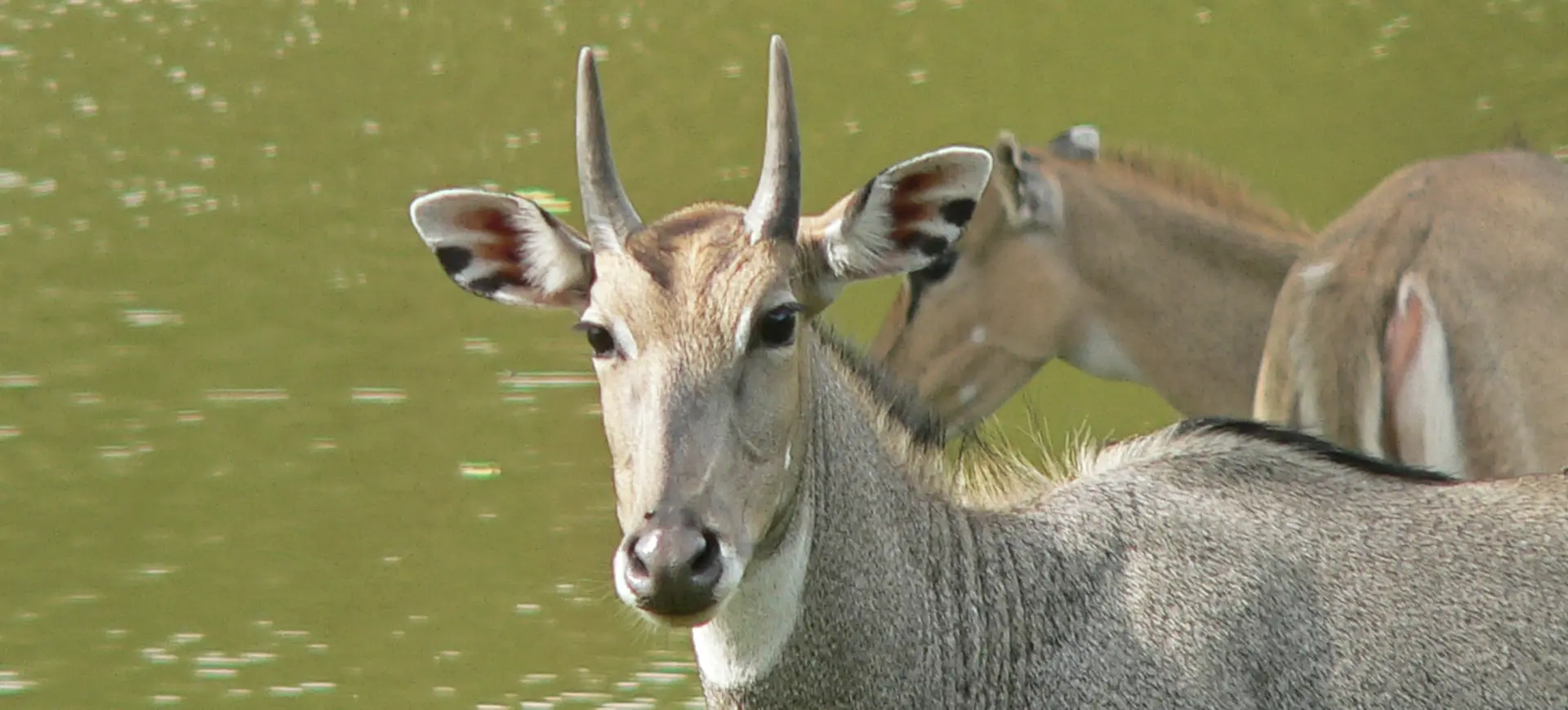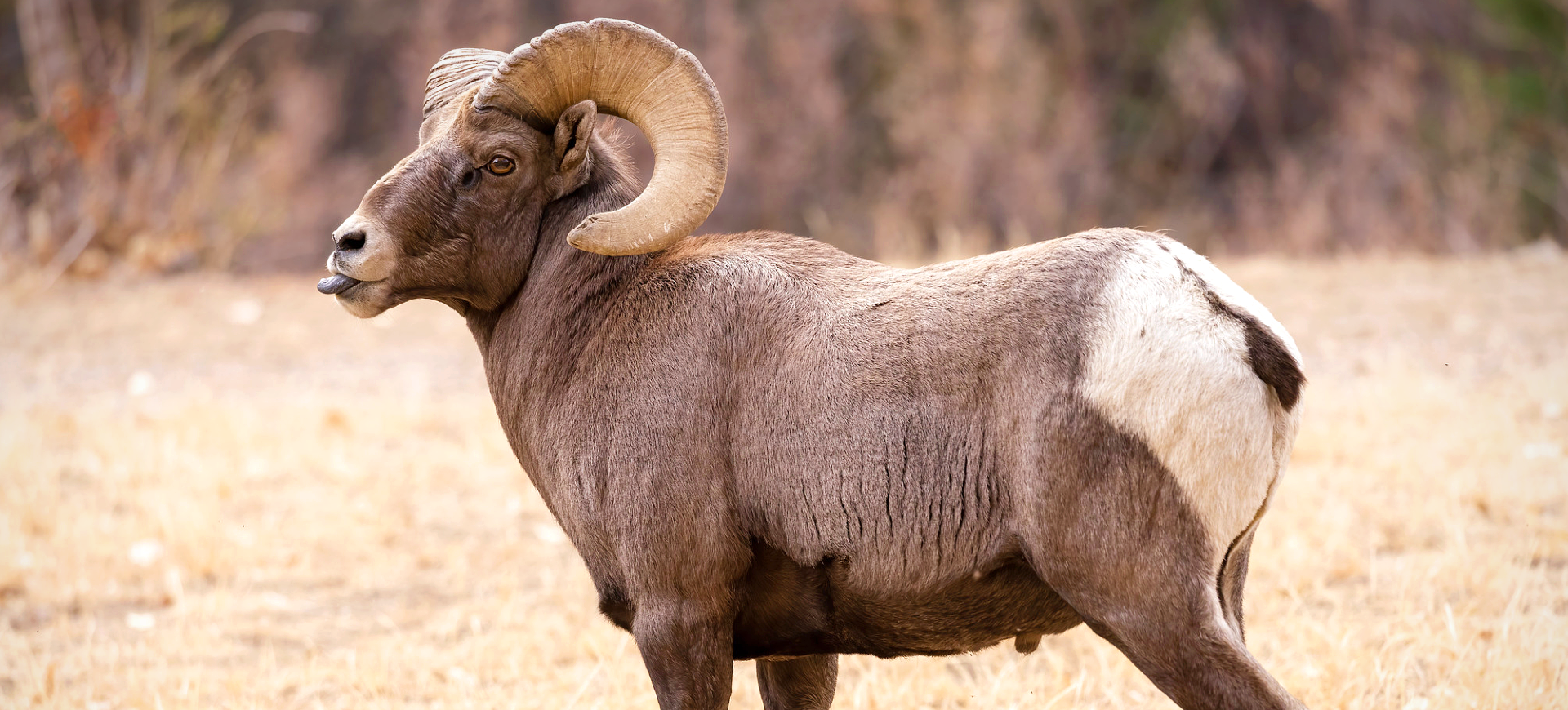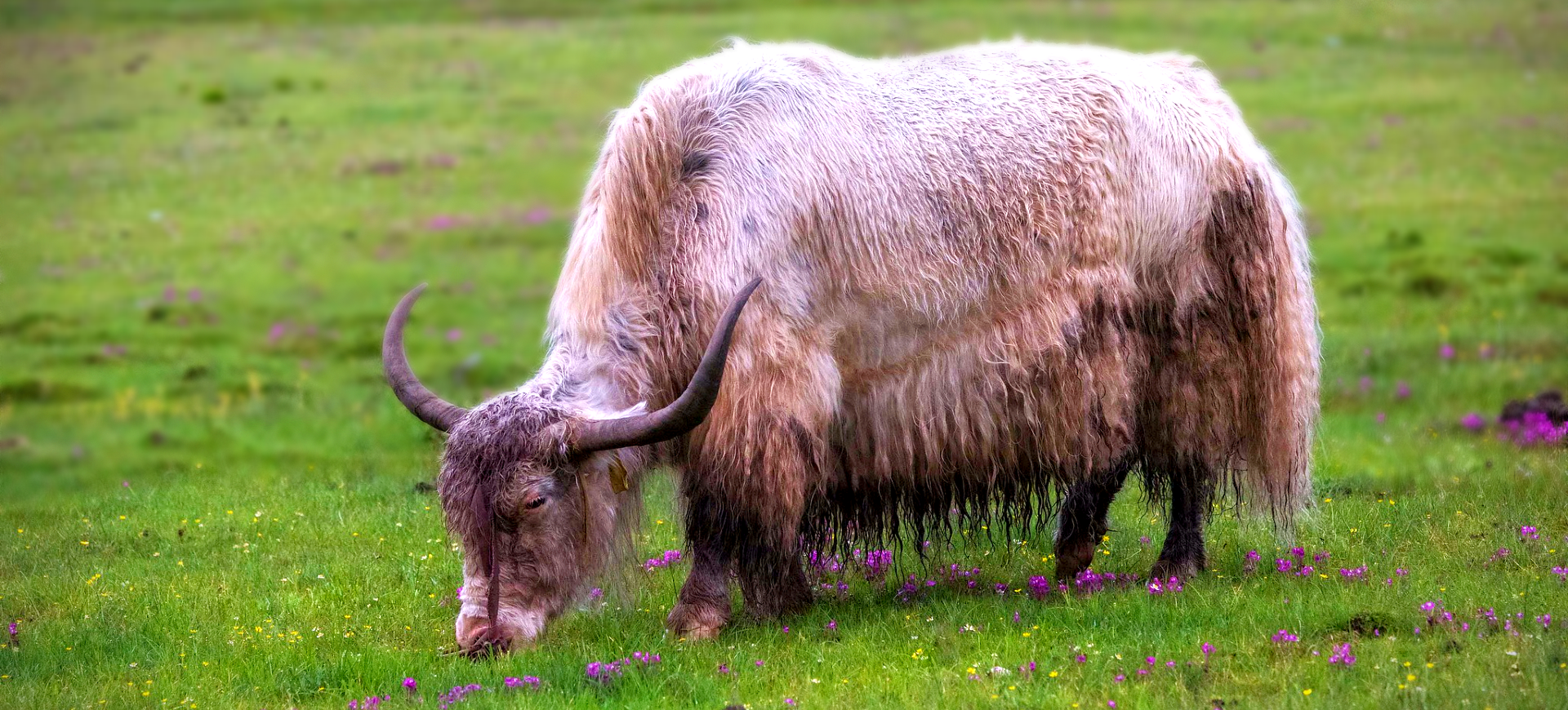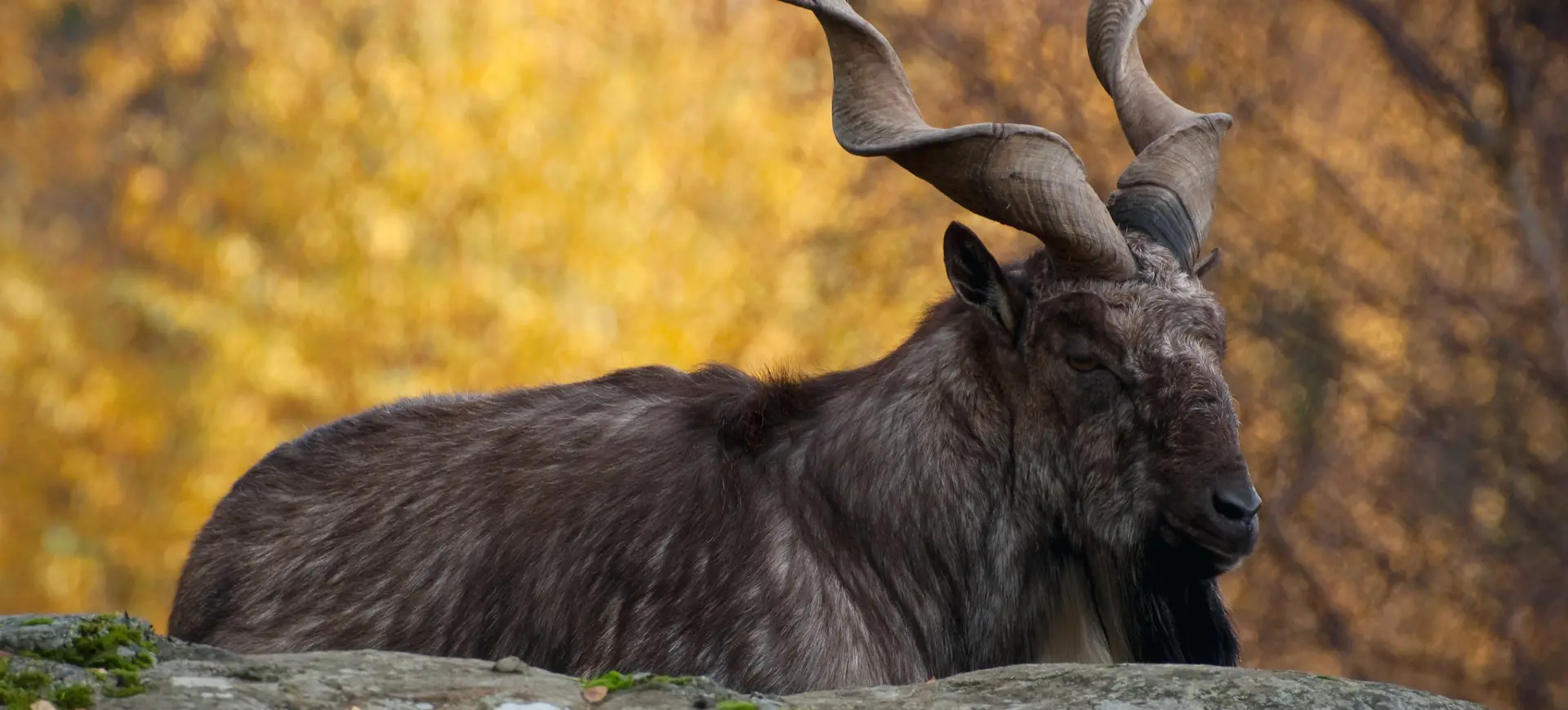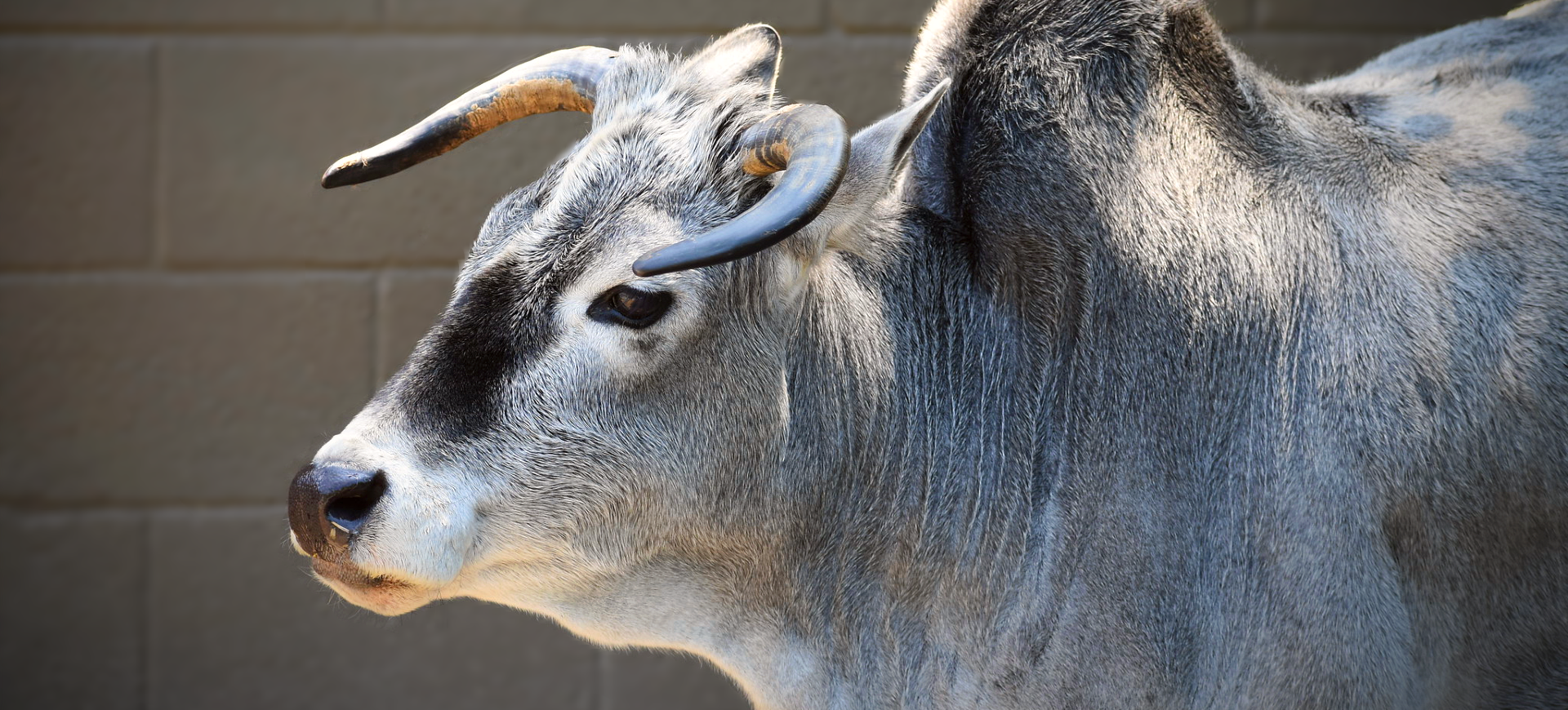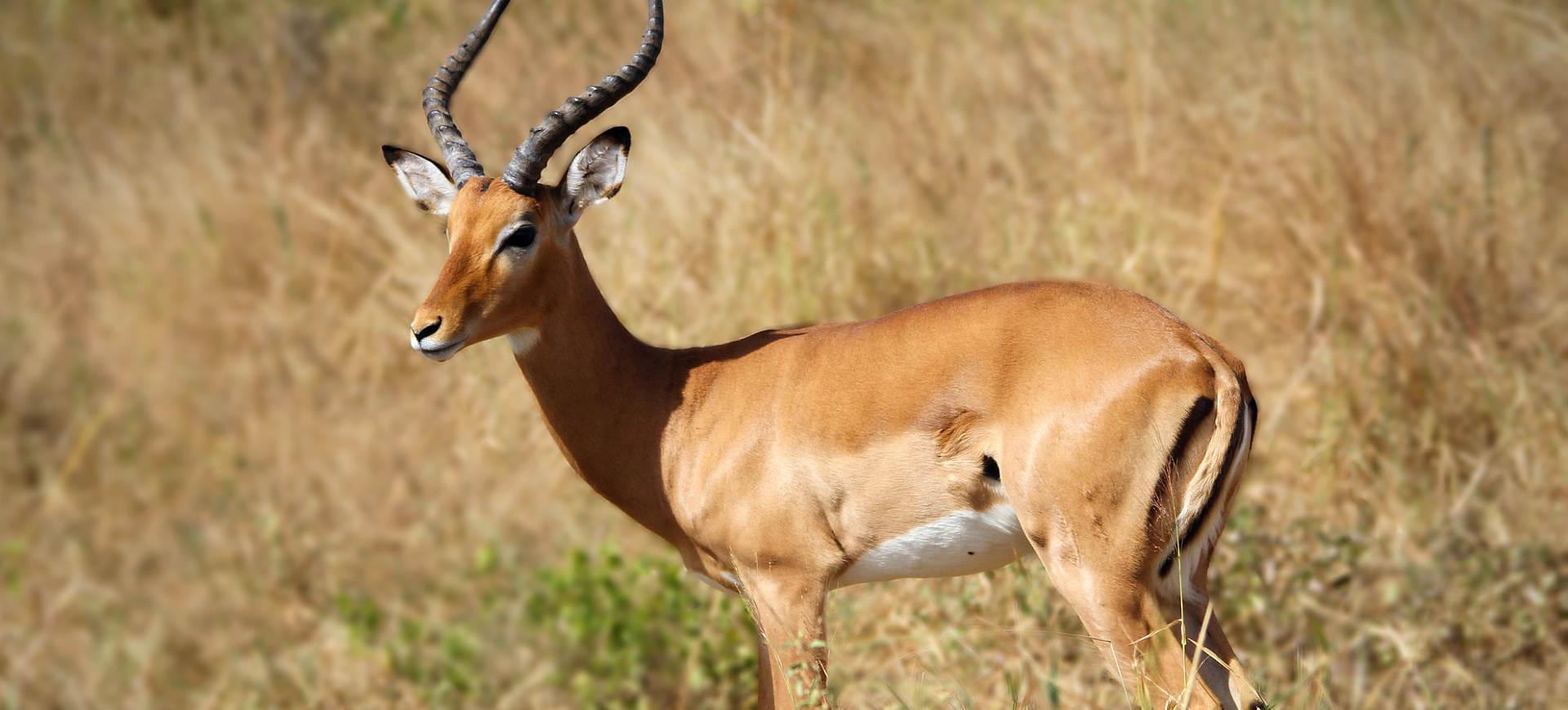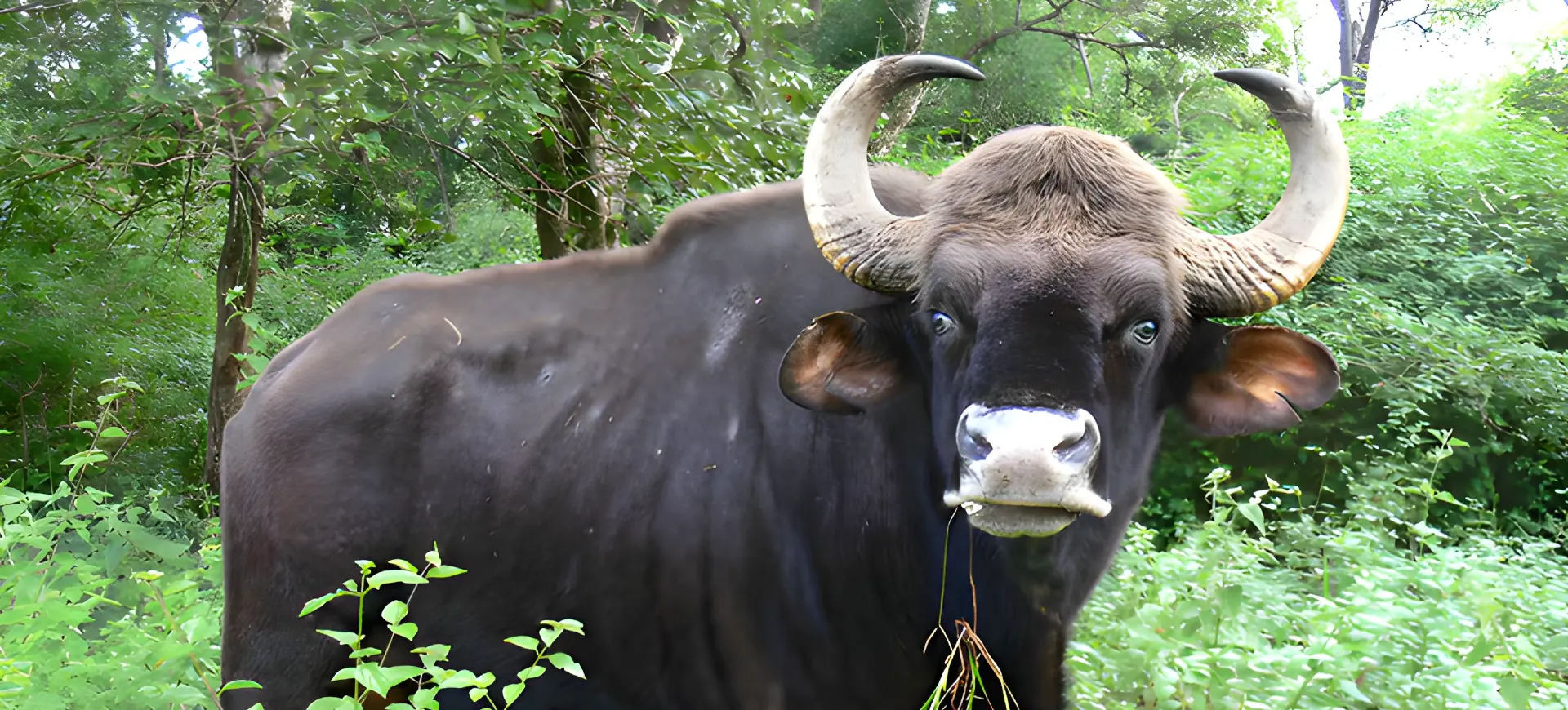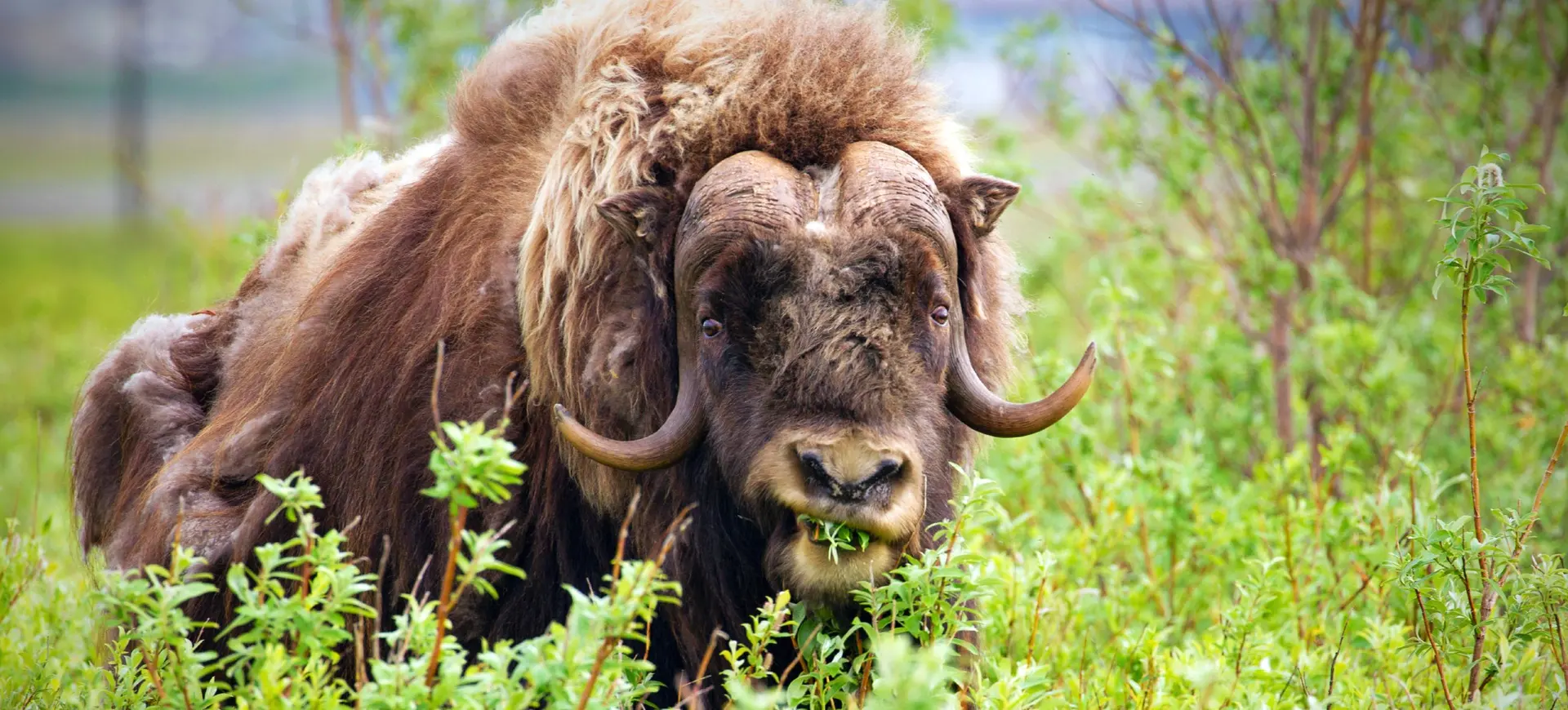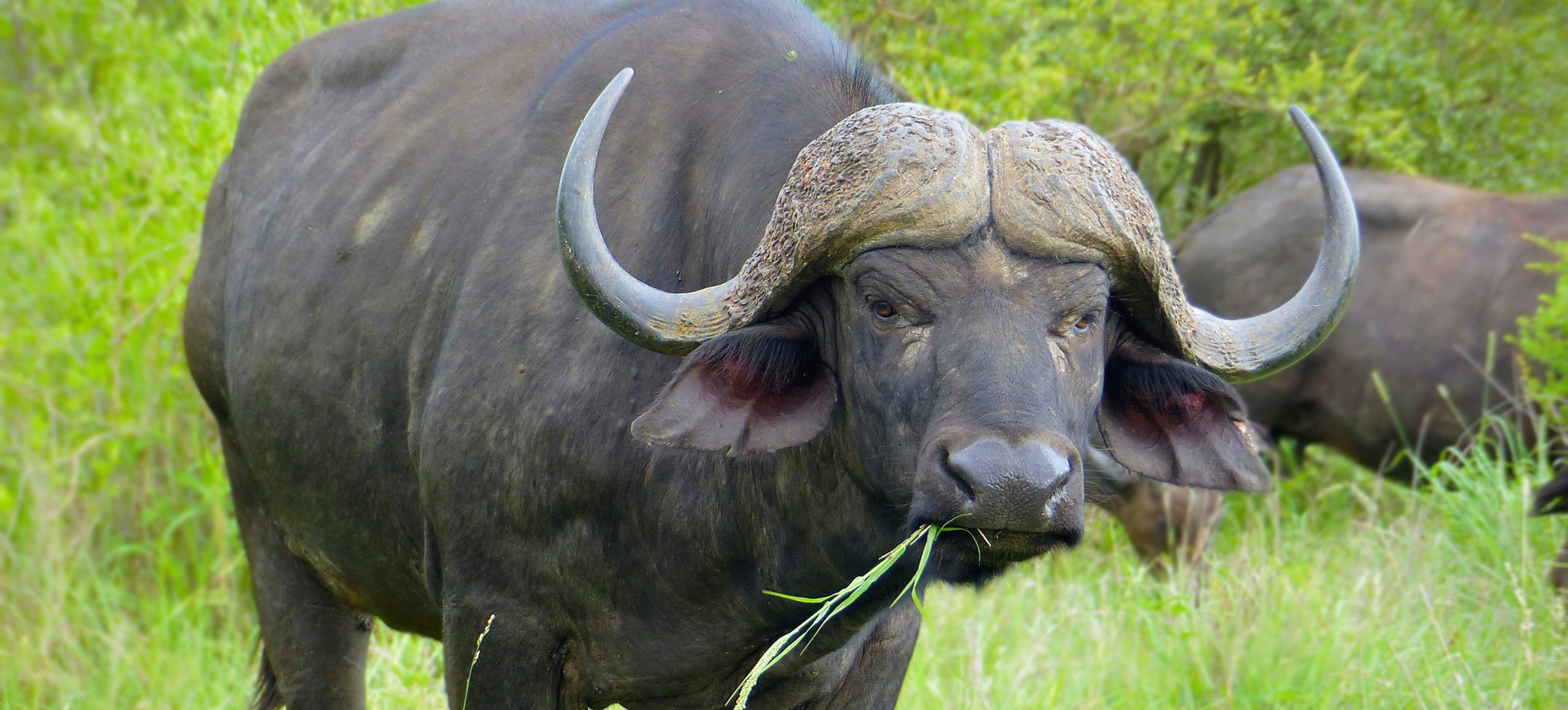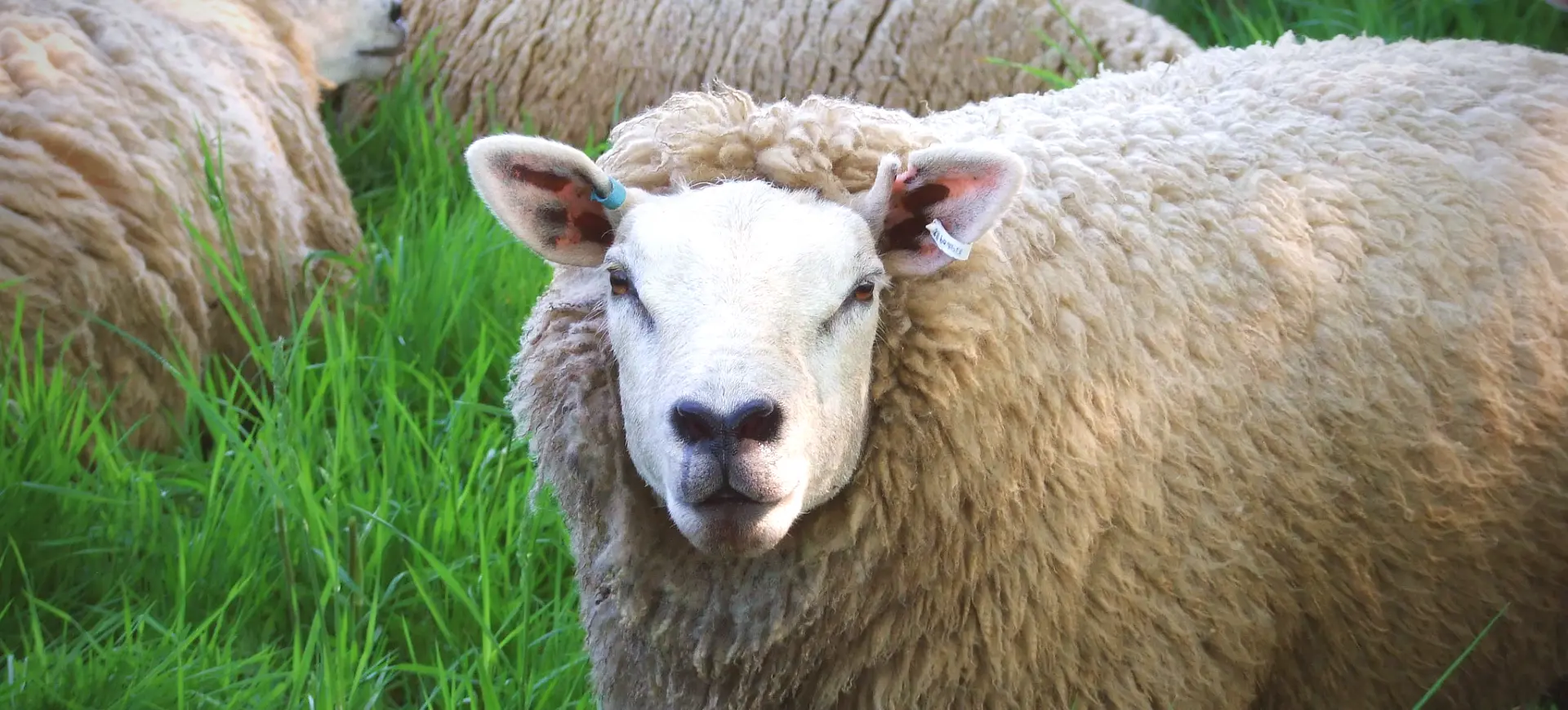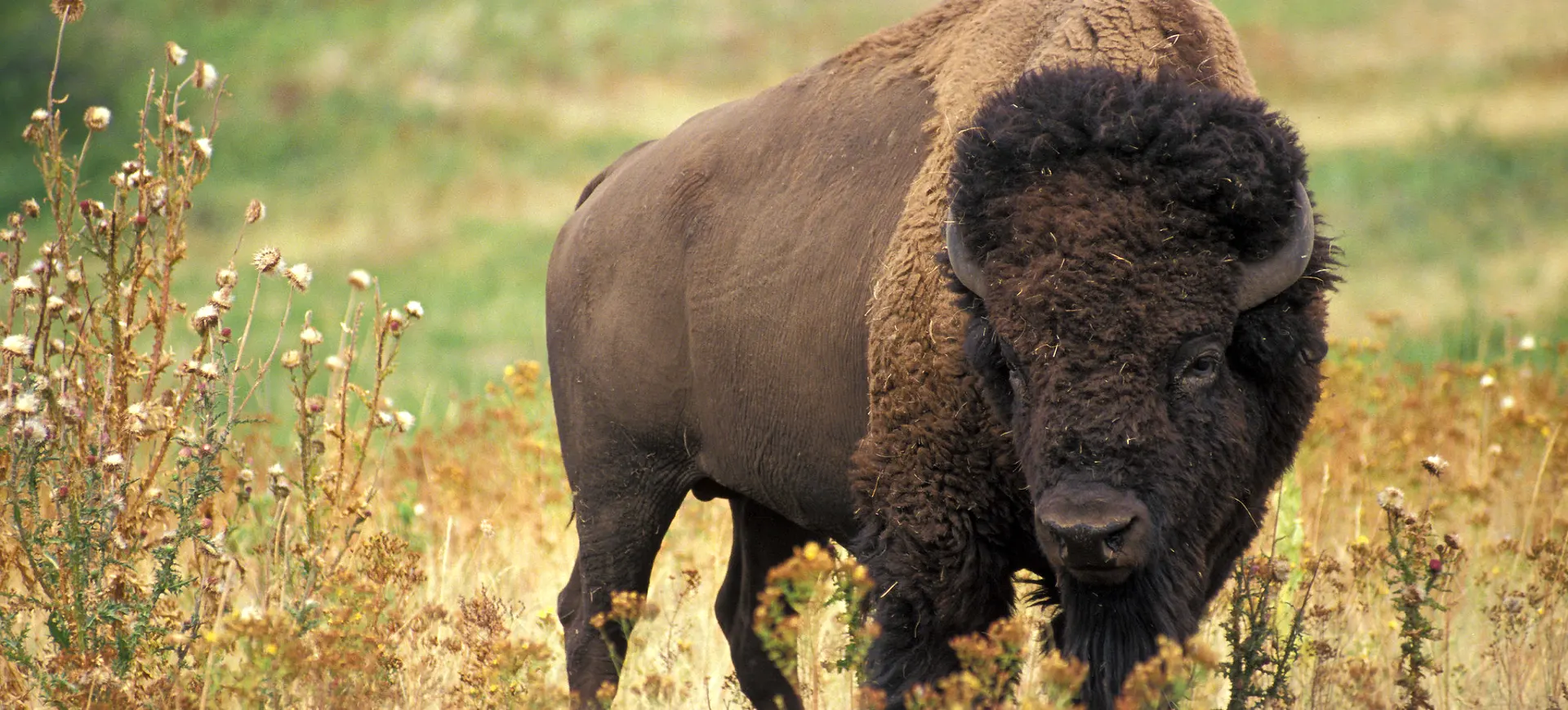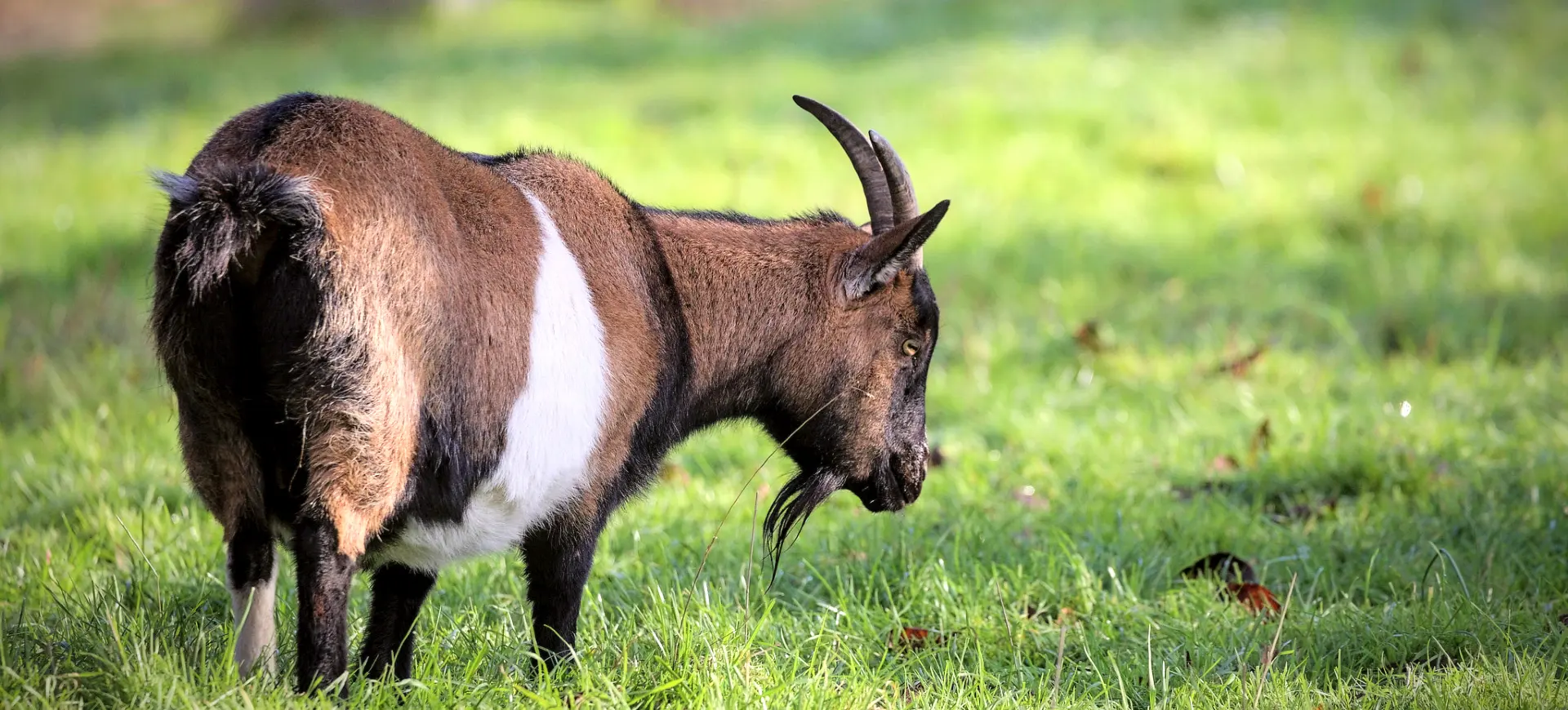Overview
The Red-flanked Duiker is a small antelope species native to the forests and savannas of Central and West Africa. This duiker is characterized by its reddish-brown coat and distinctive white underbelly, and it is well-adapted to forested and open environments. Its compact body and short legs enable it to move swiftly through dense vegetation, making it elusive and difficult to spot.
The species is primarily diurnal, most active in the early morning and late afternoon. It feeds on a variety of plant materials, including leaves, fruits, and flowers, as well as insects. The Red-flanked Duiker is a solitary animal, although it may form monogamous pairs during the breeding season.
Weighing between 26 to 40 pounds, the Red-flanked Duiker is one of the smaller duiker species. Despite its small size, it is a robust and agile animal, capable of quick bursts of speed to escape predators. It has a keen sense of smell and hearing, which it uses to detect predators and locate food.
Taxonomy
Kingdom
Phylum
Class
Order
Family
Genus
Species
Type
Physical Description:
The Red-flanked Duiker has a reddish-brown coat with a distinctive white underbelly. It also features a pair of short, sharp horns that are usually present in both males and females. These horns are used for self-defense and can be as long as 4 inches. The animal’s eyes are large and dark, providing good vision in low-light conditions.
The species has a compact body and short legs, making it well-suited for navigating dense vegetation. Adult males and females are similar in size, although males tend to be slightly heavier. The Red-flanked Duiker has a body length ranging from 25 to 30 inches and a shoulder height of about 14 to 16 inches.

Lifespan: Wild: ~8 years || Captivity: ~12 years

Weight: Male: 30–40 lbs (13.6–18.1 kg) || Female: 26–35 lbs (11.8–15.9 kg)

Length: Male: 25–30 in (63.5–76.2 cm) || Female: 25–30 in (63.5–76.2 cm)

Height: Male: 14–16 in (35.6–40.6 cm) || Female: 14–16 in (35.6–40.6 cm)

Top Speed: 25 mph (40 km/h)
Characteristic:
Native Habitat:
The Red-flanked Duiker is native to the forests and savannas of Central and West Africa. It prefers areas with dense vegetation, which provides cover from predators. The species is highly adaptable and can be found in various habitats, ranging from moist forests to dry savannas.
The animal’s distribution is closely tied to the availability of food and water. It is most commonly found in regions with a mix of forest and open land, which provides both cover and a diverse range of food sources. The Red-flanked Duiker avoids areas with heavy human activity.
Climate Zones:
Biogeographical Realms:
Continents:
Countries:
Diet:
Diet & Feeding Habits:
The Red-flanked Duiker is primarily a browser, feeding on various plant materials such as leaves, fruits, and flowers. It uses its keen sense of smell to locate food and is known to stand on its hind legs to reach higher vegetation. The species also consume insects, particularly during the dry season when plant material is scarce.
The animal is most active during the early morning and late afternoon foraging. It has a complex, four-chambered stomach that allows it to efficiently digest fibrous plant material. The Red-flanked Duiker also requires access to fresh water and is often found near water sources.
Mating Behavior:
Mating Description:
The Red-flanked Duiker is generally a solitary animal but may form monogamous pairs during the breeding season. Mating usually occurs during the wet season when food is abundant. After a gestation period of about 4 months, the female gives birth to a single offspring, which is weaned at around 2 months.
The male takes an active role in protecting the territory during the female’s pregnancy and nursing period. The offspring are born well-developed and can stand and walk within a few hours. Both parents participate in caring for the young, although the mother is primarily responsible for nursing.
Reproduction Season:
Birth Type:
Pregnancy Duration:
Female Name:
Male Name:
Baby Name:
Social Structure Description:
The Red-flanked Duiker is a solitary animal, although it may form monogamous pairs during the breeding season. The species is territorial and marks its territory with scent glands near its eyes. Both males and females defend their territories, although males are generally more aggressive.
Despite its solitary nature, the Red-flanked Duiker is not particularly aggressive and avoids conflict when possible. It communicates through various vocalizations, which serve different functions, such as alerting to danger or signaling submission. The social structure is relatively flexible, and individuals may form temporary associations based on food availability or other environmental factors.
Groups:
Conservation Status:
Population Trend:
The Red-flanked Duiker is currently listed as Least Concern by the IUCN, although its population is believed to be decreasing. The primary threats to the species are habitat loss due to agricultural expansion and hunting for meat. Despite these threats, the species is still relatively widespread within its range.
Protected areas such as national parks and reserves offer the best chance for the species’ survival. In these areas, sustainable management practices are being implemented to preserve the diverse habitats that the Red-flanked Duiker relies on. However, more research is needed to accurately assess the population and implement effective conservation strategies.
Population Threats:
Habitat loss due to agricultural expansion is the primary threat facing the Red-flanked Duiker. In addition, the species is hunted for its meat, which is considered a delicacy in some regions. Although hunting is often done on a small scale, it can significantly impact local populations.
The species is also at risk from diseases transmitted by domestic animals, such as bovine tuberculosis. Conservation efforts are needed to mitigate these threats and preserve the species’ natural habitat. Education and awareness-raising are key components of these efforts.
Conservation Efforts:
Conservation efforts for the Red-flanked Duiker are primarily focused on habitat preservation. Protected areas such as national parks and reserves offer the best chance for the species’ survival. In these areas, sustainable management practices are being implemented to preserve the diverse habitats the duiker relies on.
Community-based conservation efforts are also being undertaken in some regions. These initiatives aim to involve local communities in the conservation process, providing them with the tools and knowledge to manage their natural resources sustainably. Education and awareness-raising are key components of these efforts.
Additional Resources:
Fun Facts
- The Red-flanked Duiker can reach speeds of up to 25 mph.
- It is one of the smaller duiker species, weighing between 26 to 40 pounds.
- The species is primarily diurnal, most active in the early morning and late afternoon.
- Both males and females have short, sharp horns.
- The Red-flanked Duiker is a good swimmer and often crosses rivers and streams.
- It has a keen sense of smell and hearing, which it uses to detect predators and locate food.
- The species is highly adaptable and can be found in various habitats.
- The Red-flanked Duiker is listed as Least Concern by the IUCN.
- It forms monogamous pairs during the breeding season.
- The species has a complex, four-chambered stomach that allows it to efficiently digest fibrous plant material.


